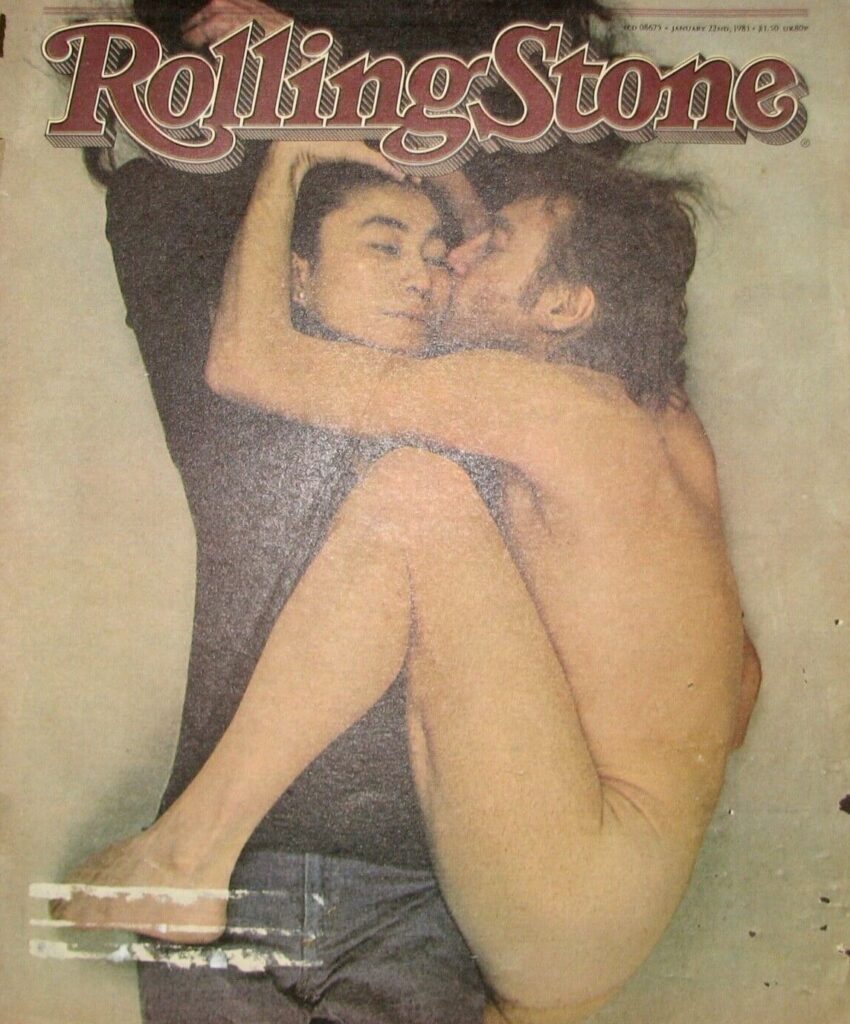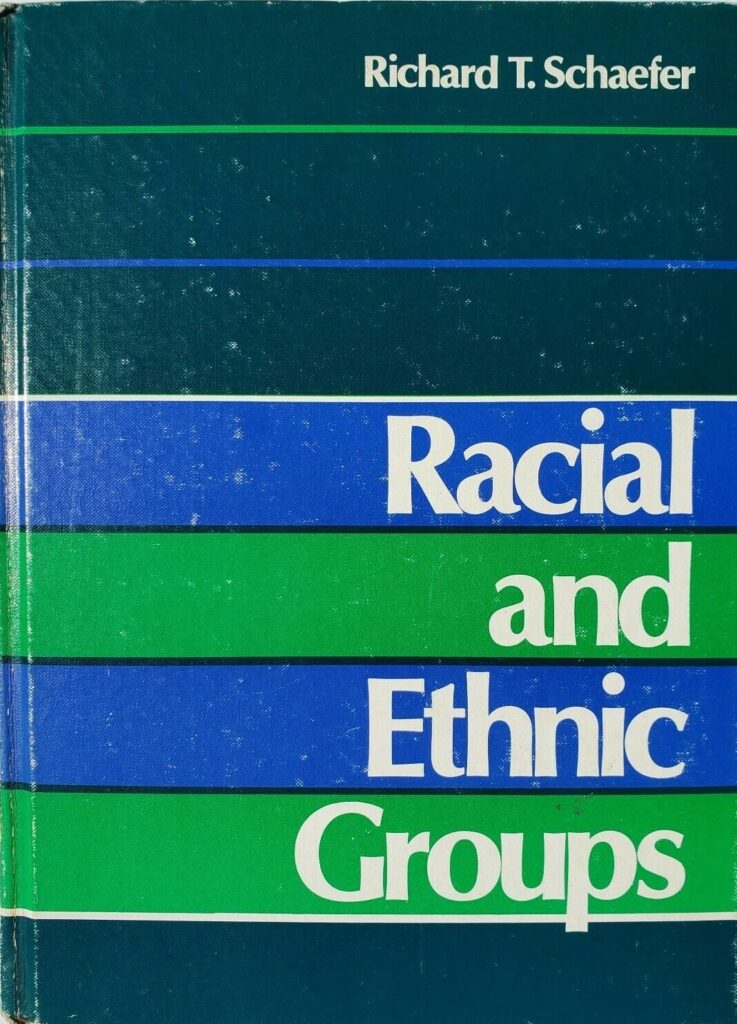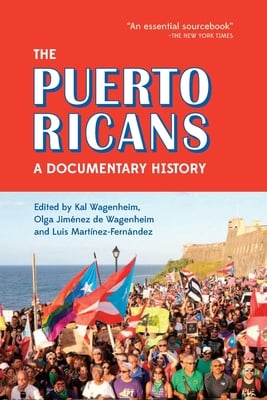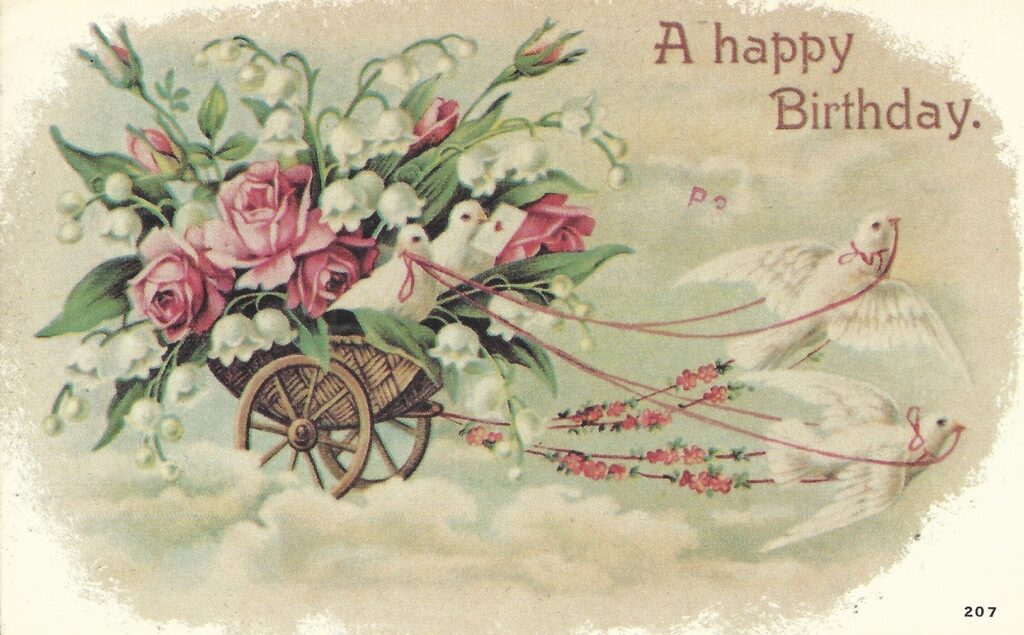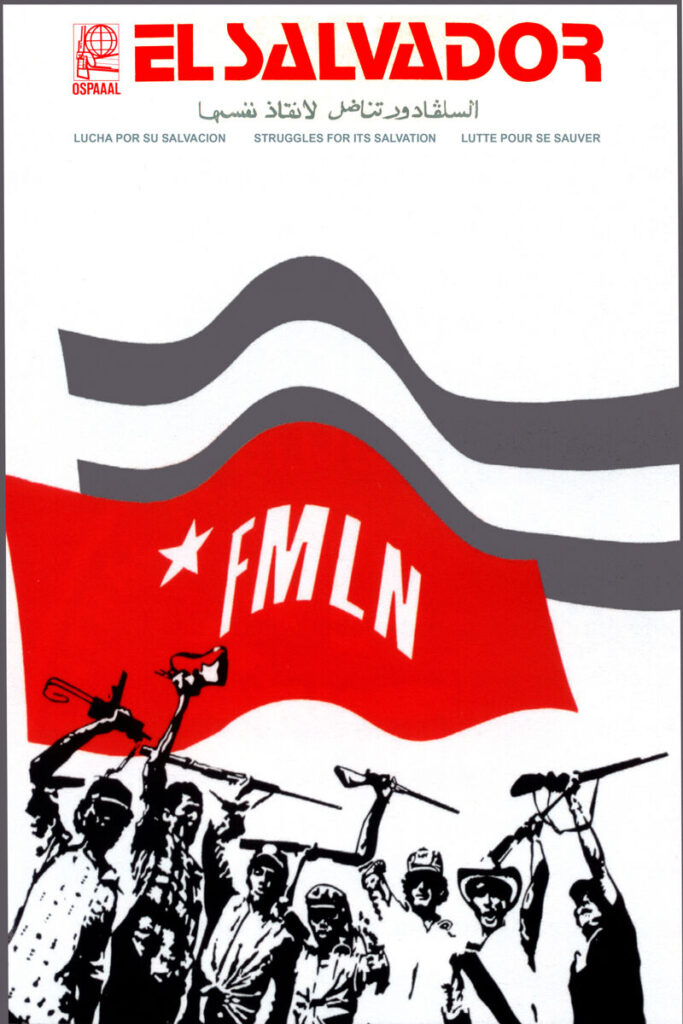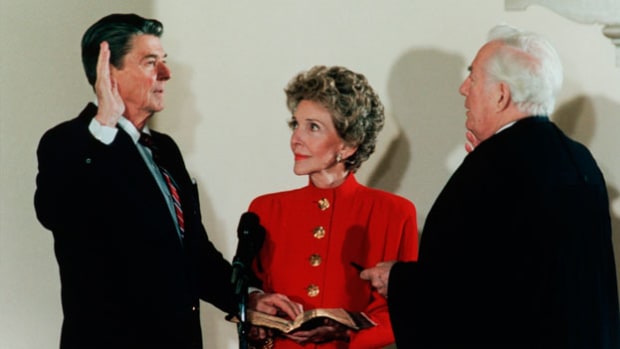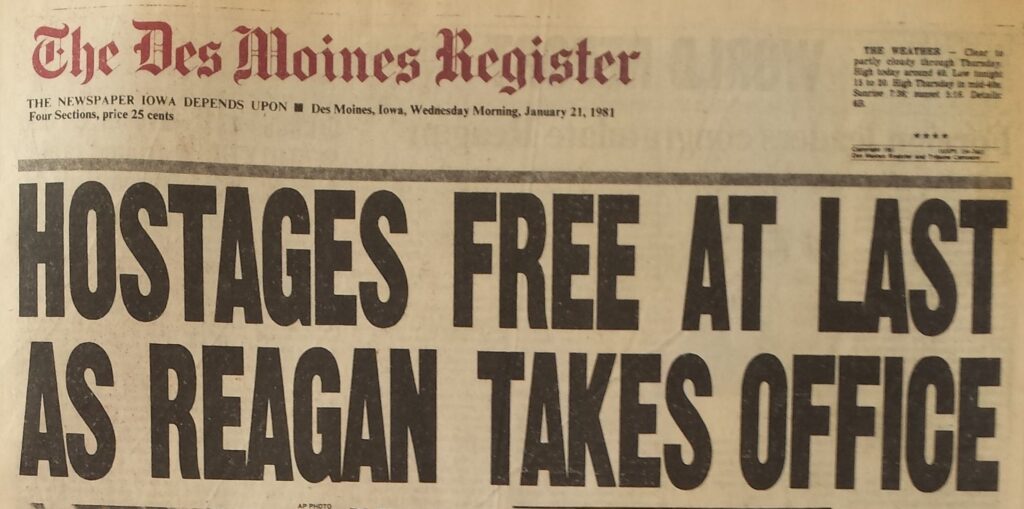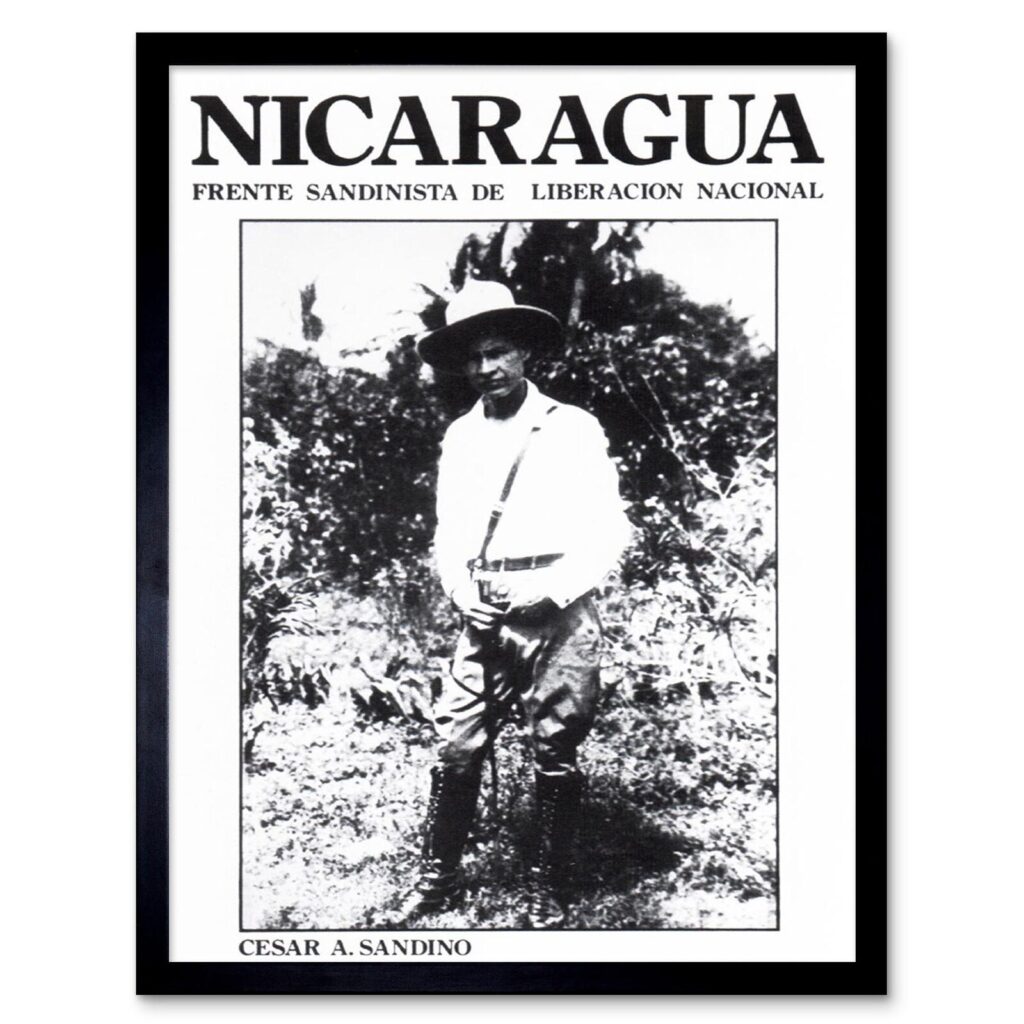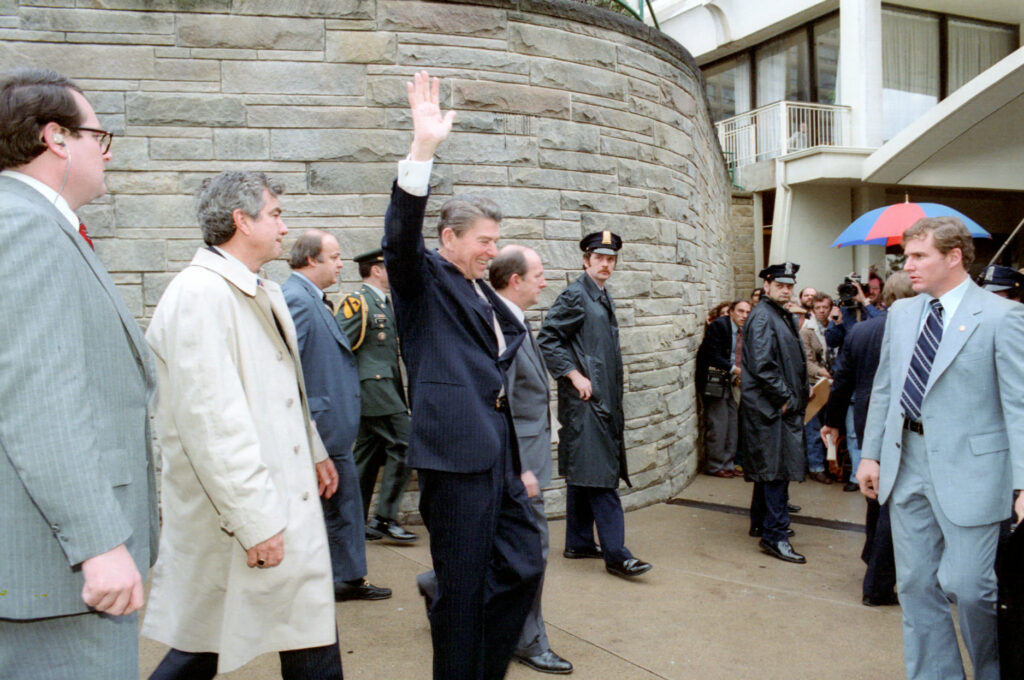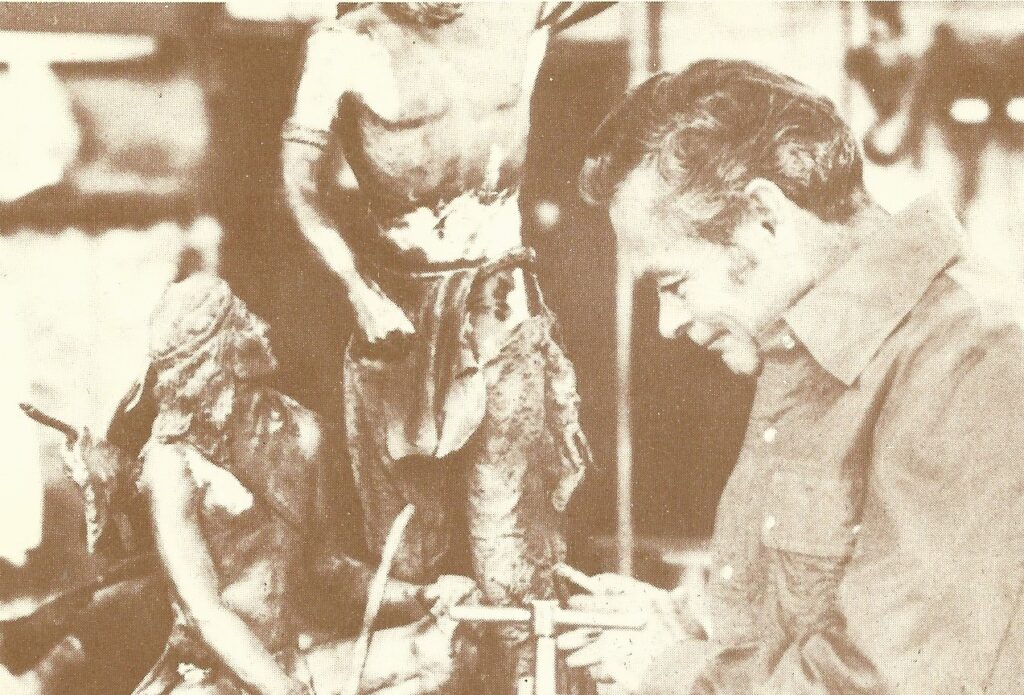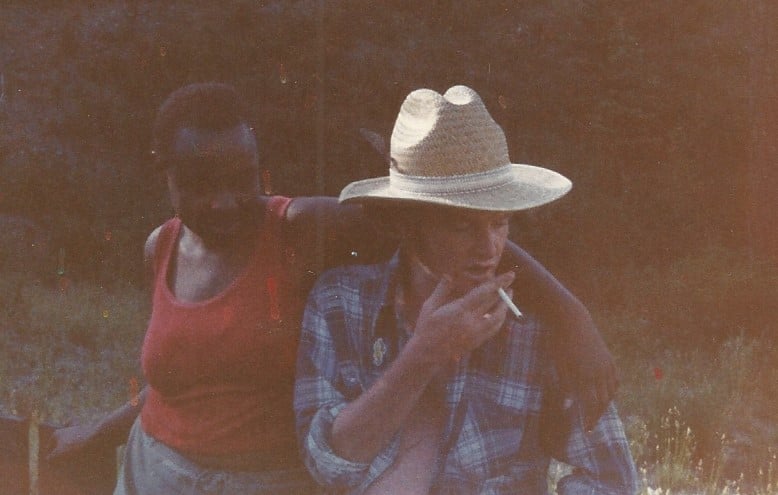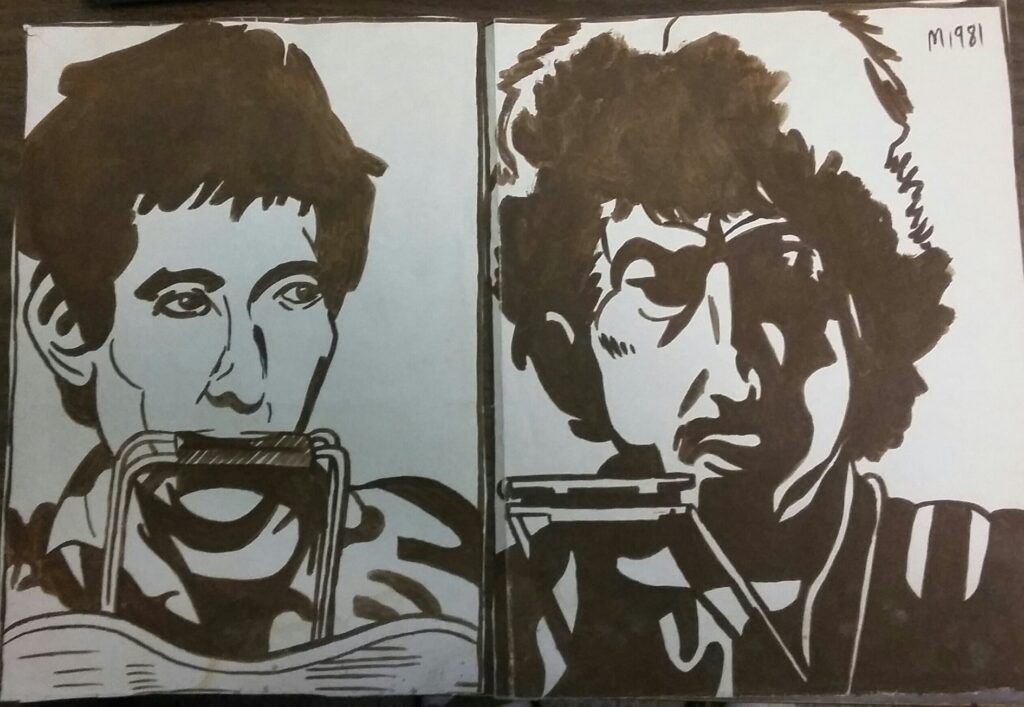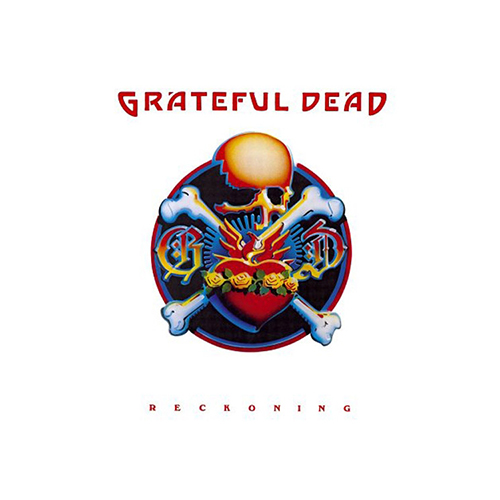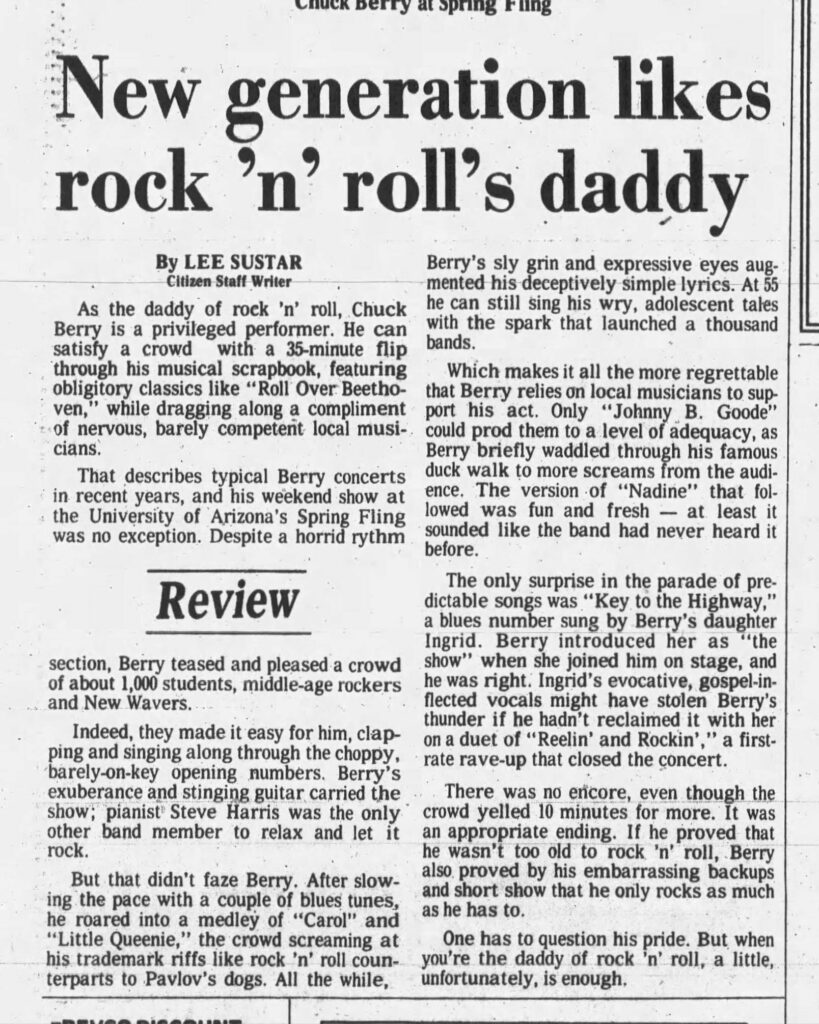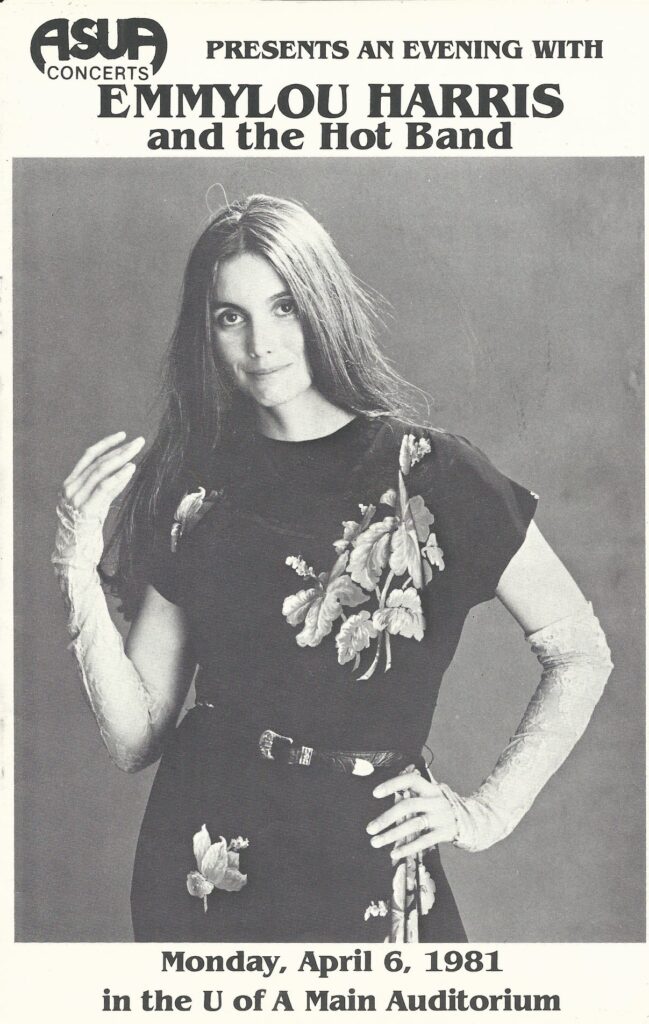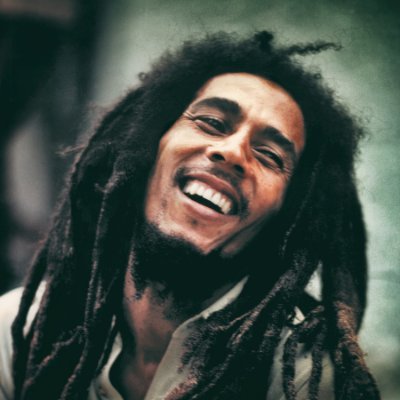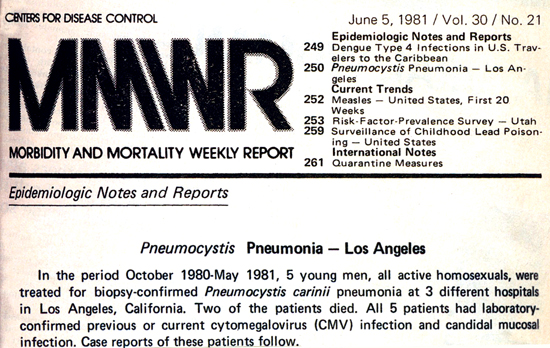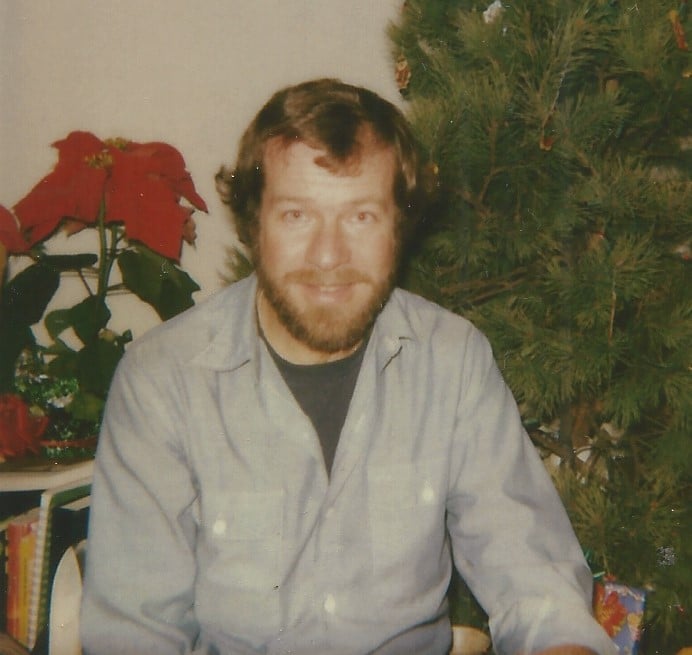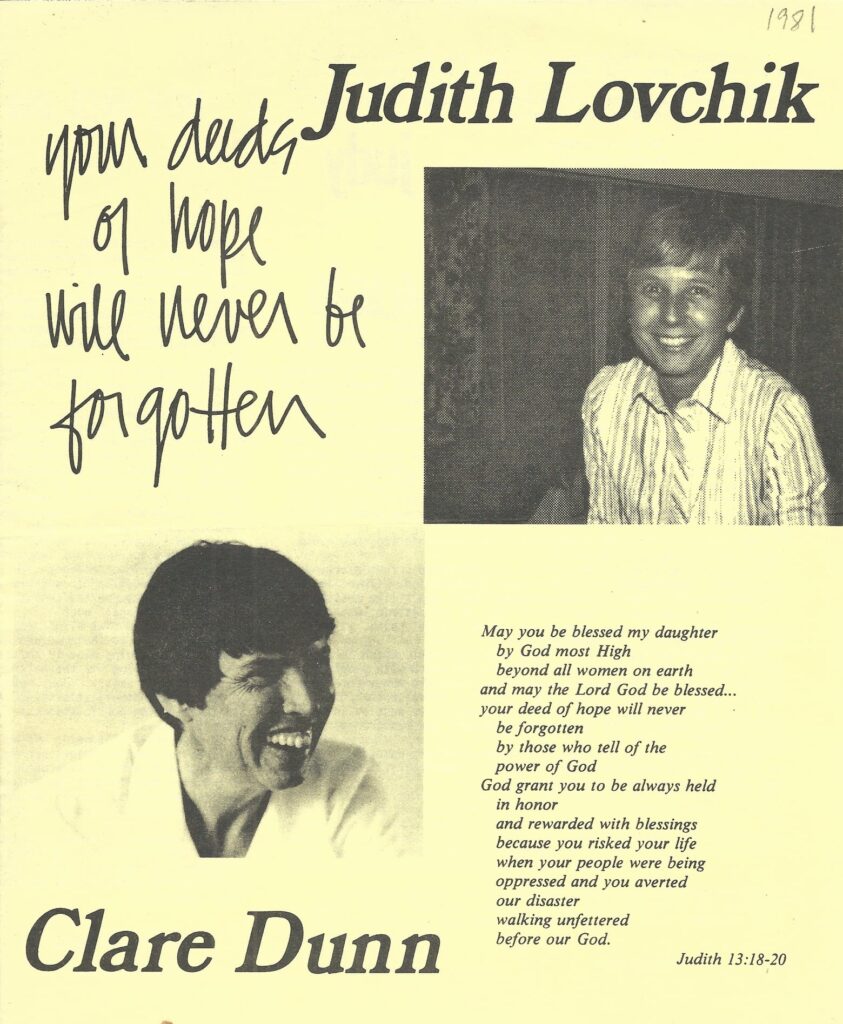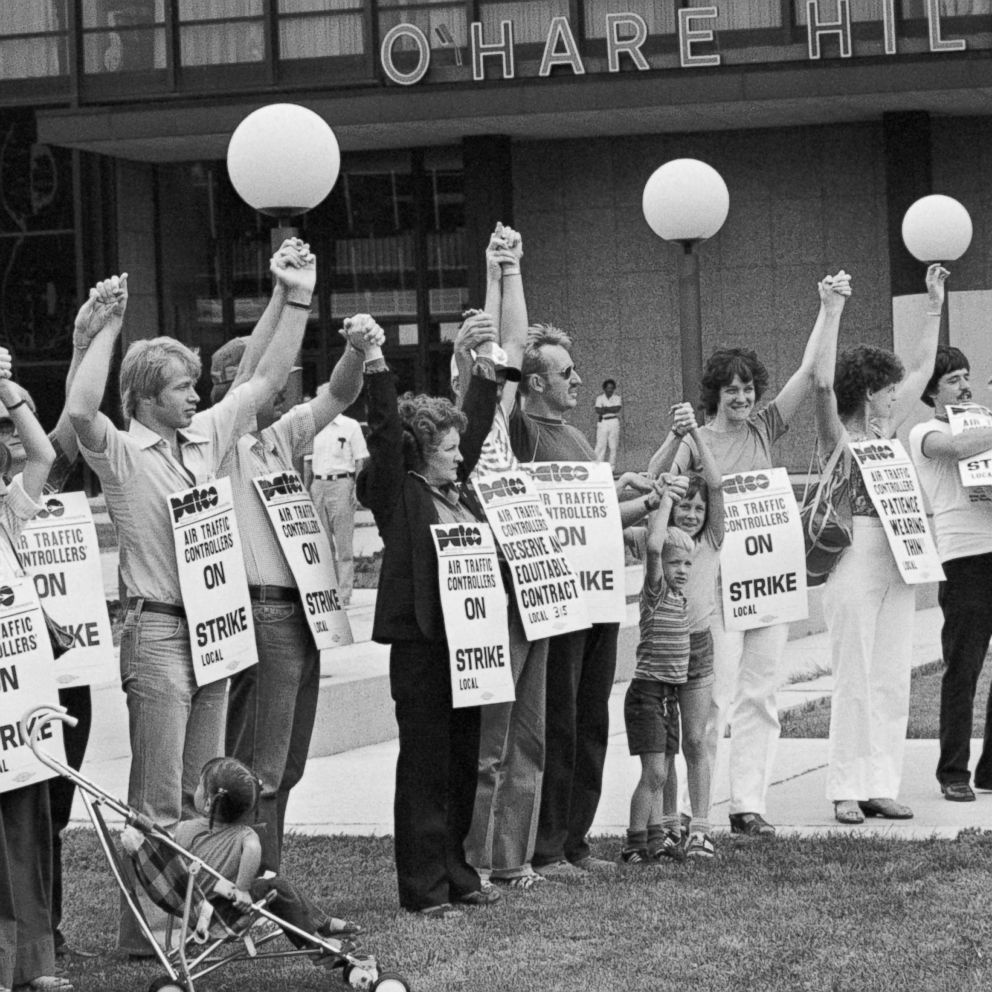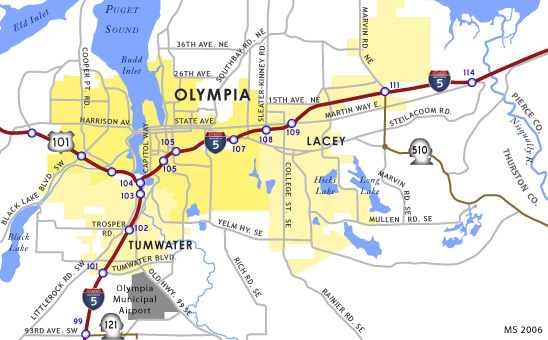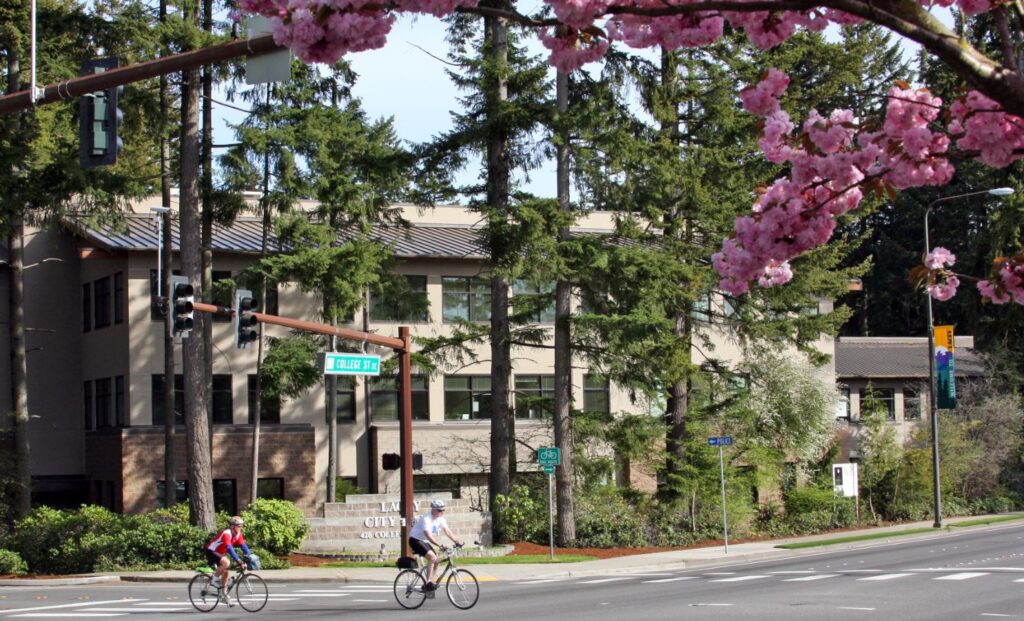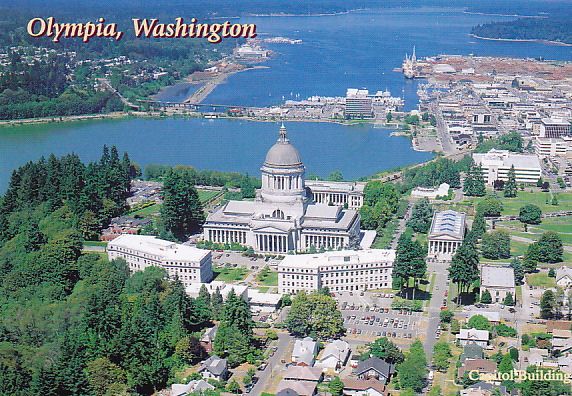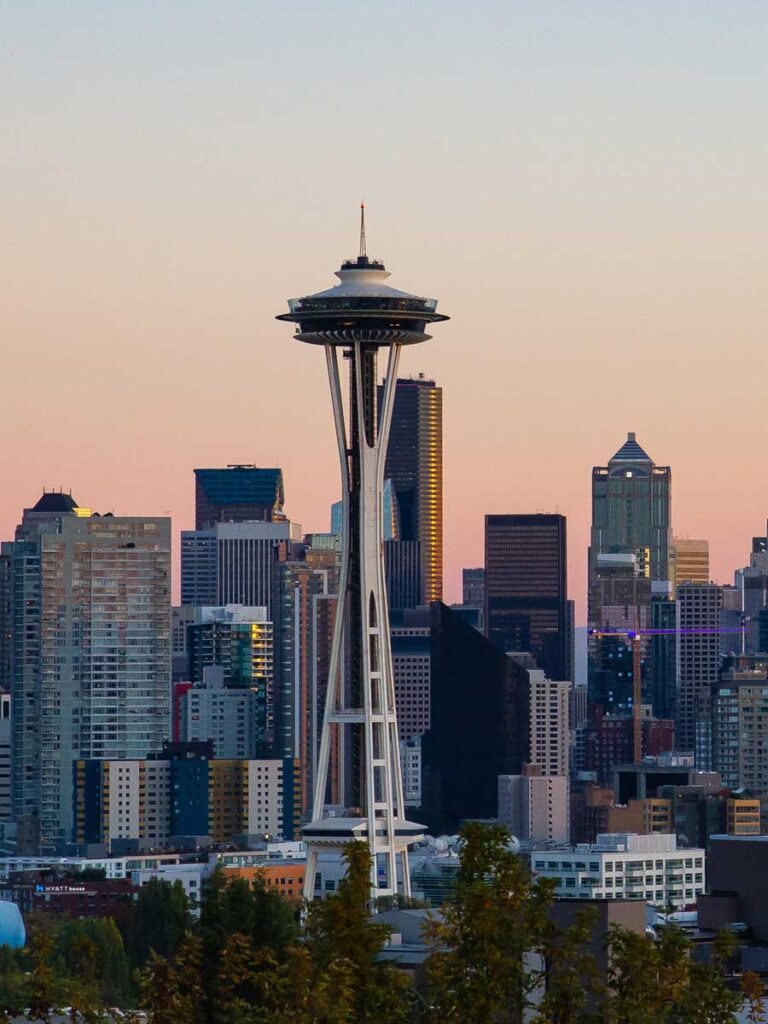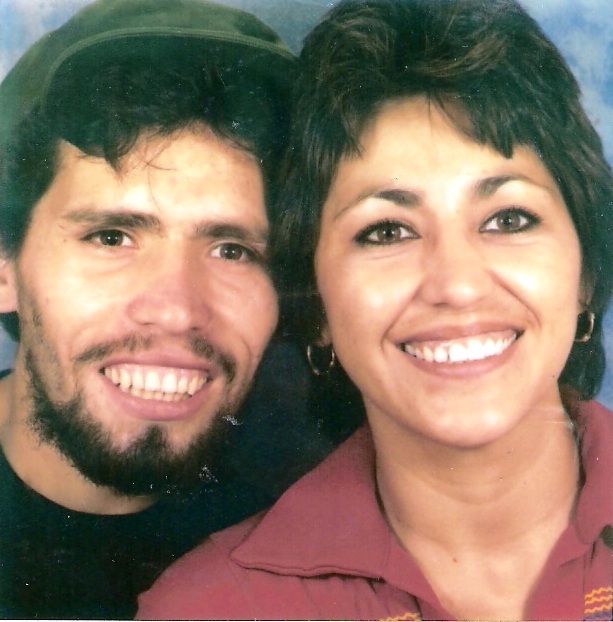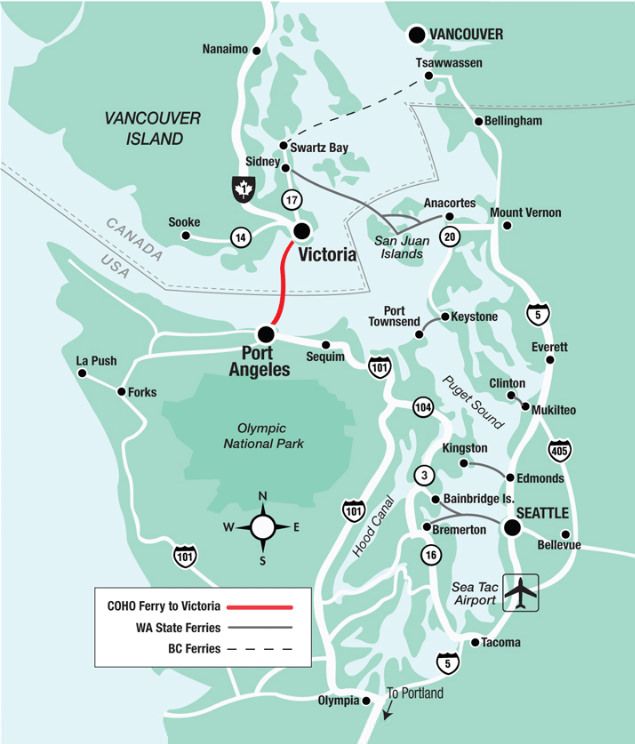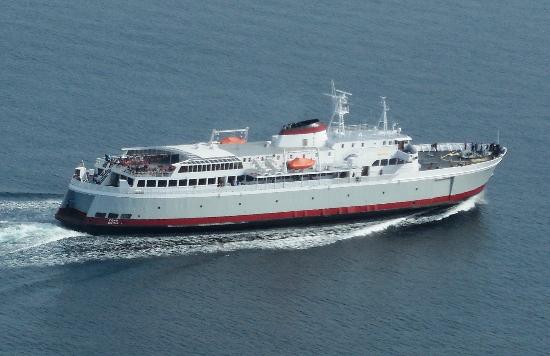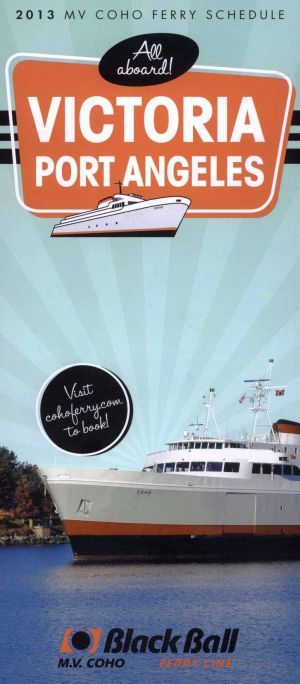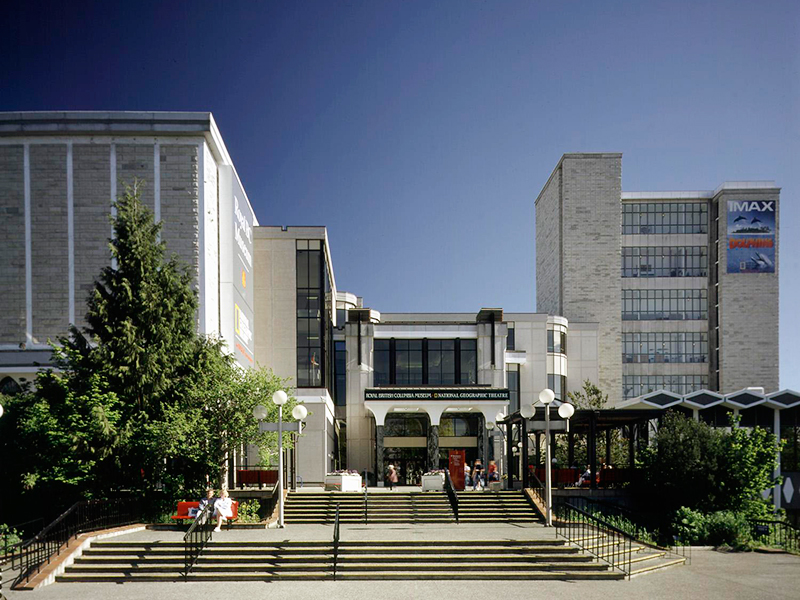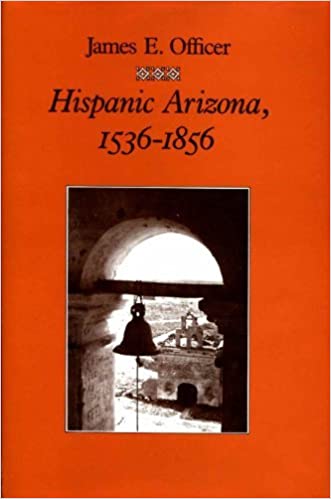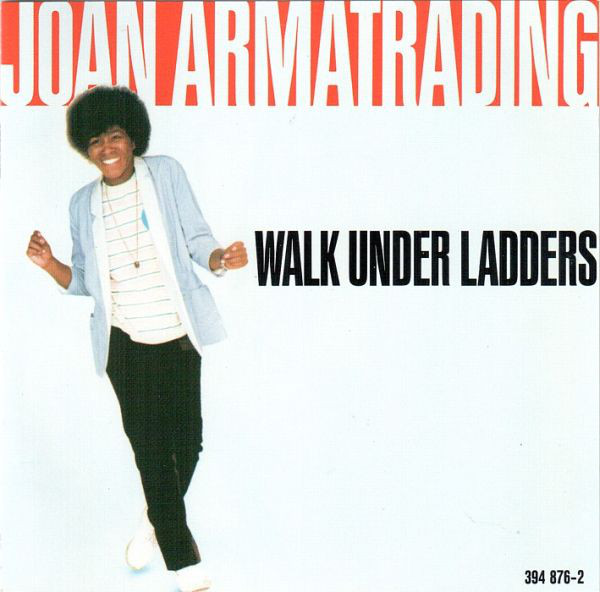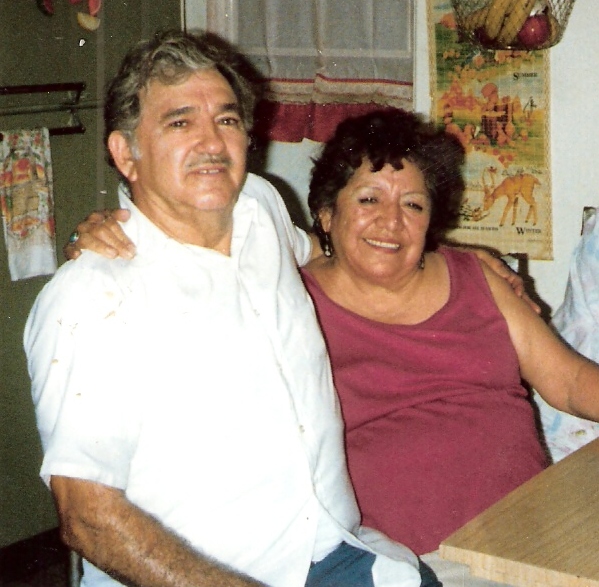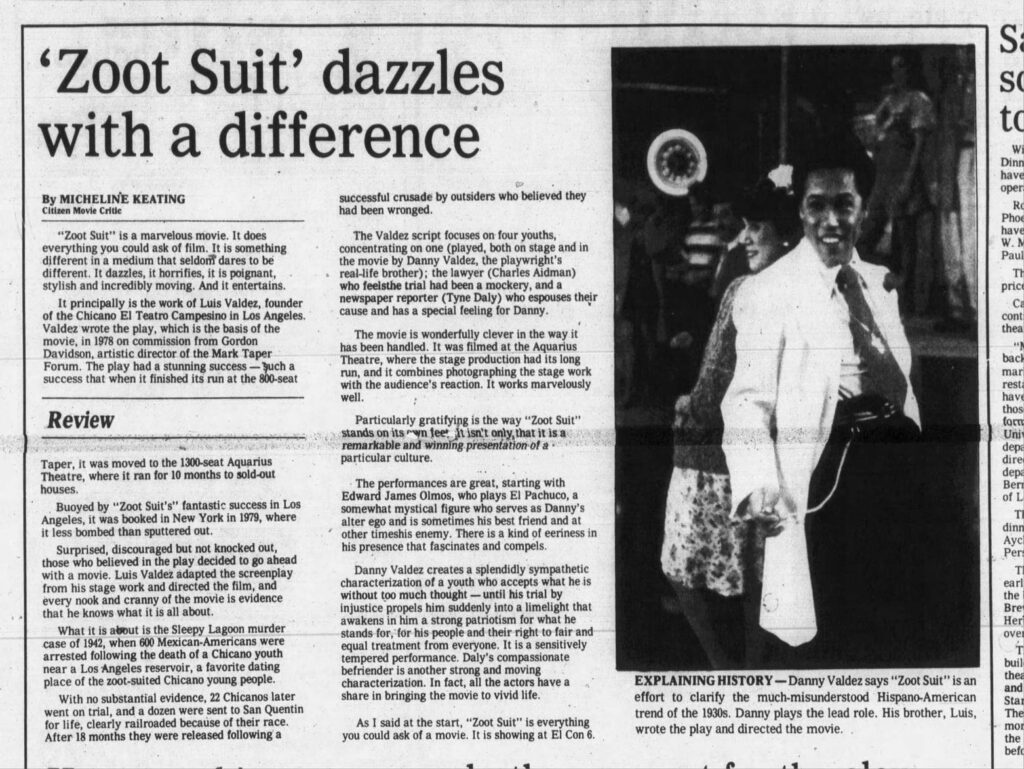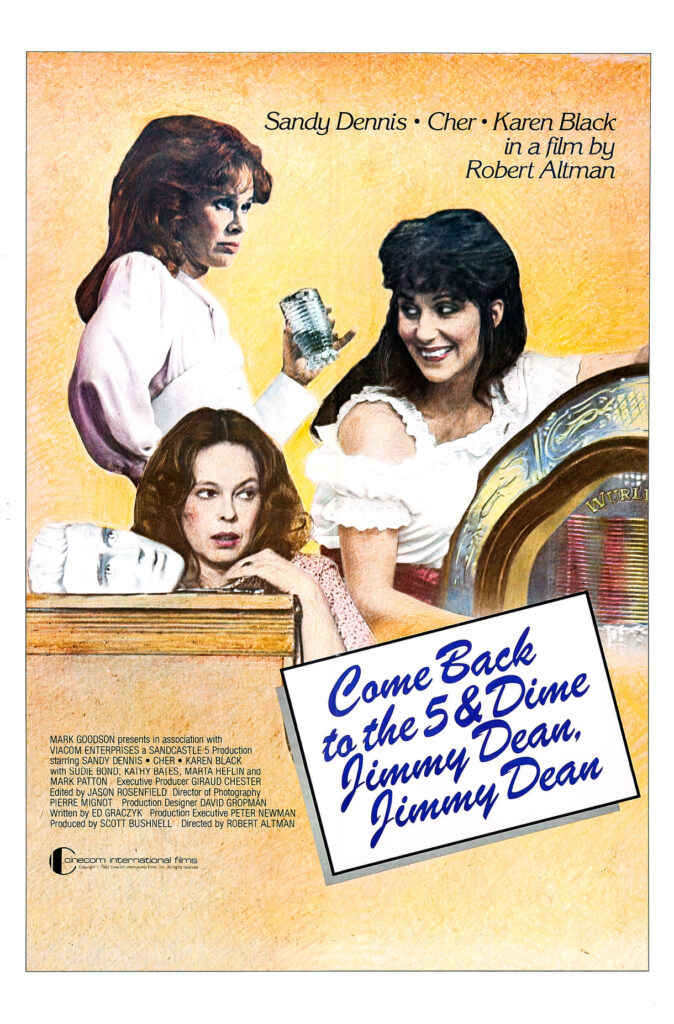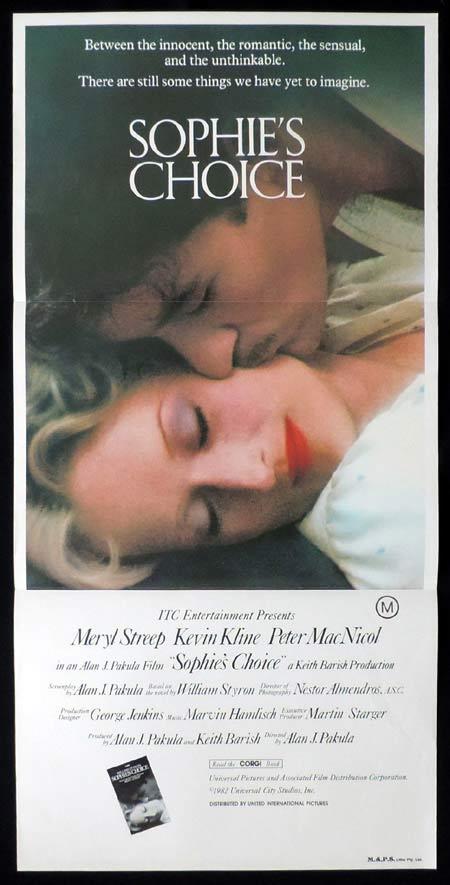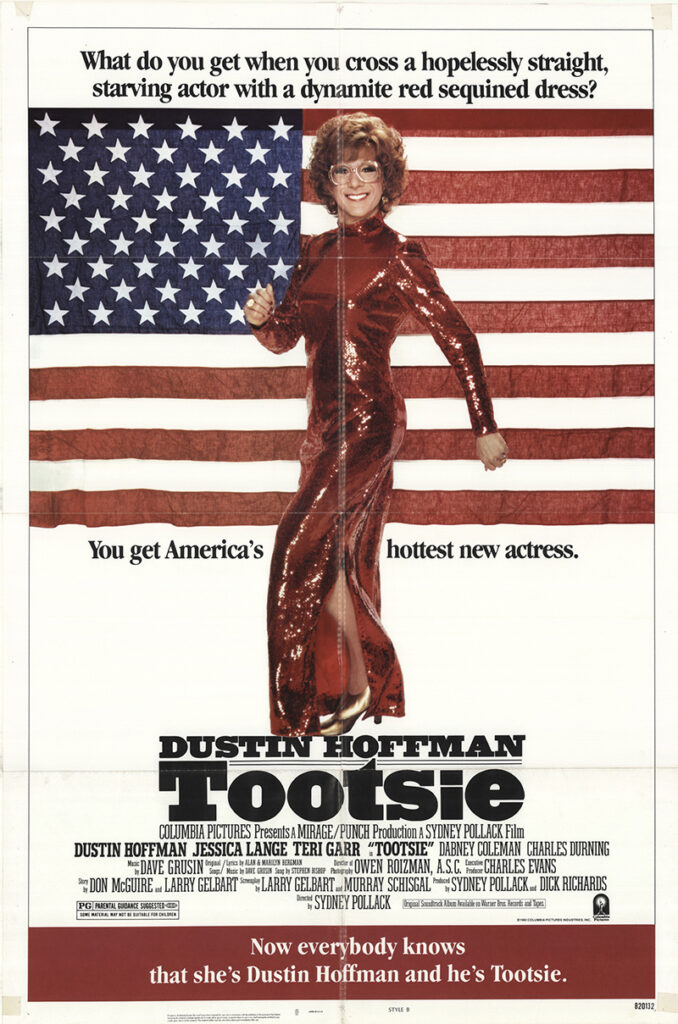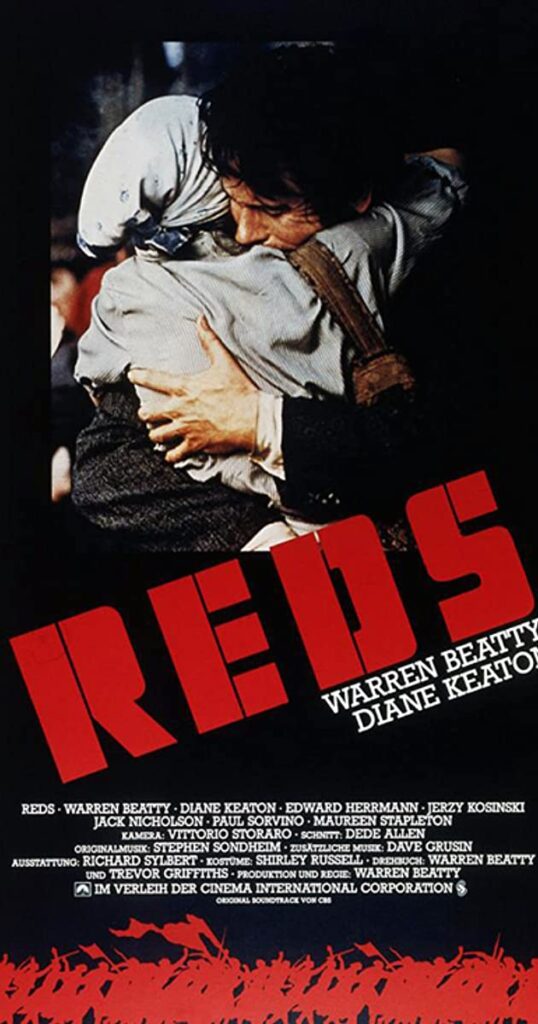Things to know up front:
You can enlarge the photos by clicking on them. Click the back arrow key to return to the post.
Every chapter in My Life Story includes information about me, my work, my family and my friends. It also includes information about events that took place locally and nationally, etc. that I thought important enough to include. You’ll also find that I’ve included films, musicians and recordings/videos, in addition to books that were released in a given year.
While I have included many personal photos, most of the graphic content included below is borrowed from the Internet. I do not claim to own this material. I am just adding it for educational purposes. If the owners of any of the content in the “My Life Story” series want their stuff removed, I am happy to oblige. My email address is jrdiaz@arizona.edu. Thanks!
As the year started, I was getting close to getting my bachelor’s degree. Having passed the midpoint with only a handful more credits to go, I had hoped to finish by the end of the year, but would have to continue through the Spring semester of 1982, as I ended up dropping some courses along the way. I continued to work at the grocery store too, and began the year still living with my parents, but that would change soon enough.
Ronald Reagan had just won the presidential election in November, and my friends and I all braced ourselves for the coming onslaught of conservative government policy, which included backing dictatorships once again in Central America and busting unions. Jerry Falwell’s Moral Majority was more popular than ever, and things didn’t look good for the gay community or other minority communities either.

During the Spring semester, I took three sociology classes. My teachers in these classes were J.T. Borhek, Gary Jensen, and Stanley Lieberson, (who would move on to Berkeley, and then Harvard). The reading assignments, particularly in Borhek’s class, were rather dense, and included The Protestant Ethic and the Spirit of Capitalism by Max Weber, The Communist Manifesto, by Karl Marx, and Suicide: A Study in Sociology, by Emile Durkheim. I did my best to wade through these, but sometimes I had to re-read things again and again to comprehend stuff. I enjoyed reading about ethnic and racial groups much more than the heavier theoretical material.
I was completely immersed in my school work. I loved my classes this particular year, as I had started to move away from psychology to the study of sociology, which became my minor. I was particularly interested in minority groups, politics and social movements. It was easy being more serious about my studies at this point because I found the subject matter so interesting. My grades improved a lot at this time. At one point, I got the highest grade on a test in my class on minority groups, and Dr. Lieberson awarded me with the following book. A couple of my fellow students didn’t like that Dr. Lieberson had done this, but I sure was a happy camper.
I also got an A on a paper I wrote for Dr. Borhek’s class, “Sources of Social Theory”. The paper was titled “The Chicano in America Today: A Sociological Analysis”. (Click on the title to read the paper). I didn’t get a new typewriter until the Fall semester, so I very carefully wrote this one in cursive. It got some water damage, but it’s still readable.
In Central America in 1979, the Sandinistas had taken power away from the previously U.S. backed Somoza regime, and other nations in the region were also clamoring for freedom. El Salvador had been suffering under a brutal dictatorship and had witnessed in the previous year the killings of the ever popular Archbishop Oscar Romero and four Catholic nuns who had started a land reform school. In early January, the civil war started to escalate, and the FMLN, the revolutionary rebel forces, was on the offensive.
By this point in my life, I was starting to refine my political views, and they were definitely left of center. I was quite sad and depressed that Carter had been defeated and that Ronald Reagan had won. I could not stand the man, and have never thought he did our country any good whatsoever. I felt that the freeing of the hostages in Iran had been a publicity stunt that Reagan and others within the Republican party had engineered with others in the Middle East to give him more credibility and make him more popular. There were definitely some shady deals made to make this happen, in my opinion. Jimmy Carter had been a great president, but Reagan’s shenanigans made Carter appear weak and ineffective in the end.
At home, life continued to be a challenge. I decided it was time to leave again, and this time it was for good. Around the third week of January, I found a small studio apartment in back of a professor’s house on 7th street, a block east of Campbell. I had to practically beg the man to let me rent the place, and assured him I was working and in school. It was humiliating, but I loved the location. It was perfect, and the one big room was all I needed. The one thing it didn’t have unfortunately, was a stove, but I managed. My mom and dad’s house was just a mile away and I could always pop over there to eat and do laundry. Mom wasn’t happy, of course that I had left again, but I couldn’t take it living at home. People were in and out of the house all the time. My parents were always bickering and babysitting the grand kids, and two of my brothers were always there just hanging out. My brother Fred and I never got along, and as time went on, our relationship deteriorated further and further.
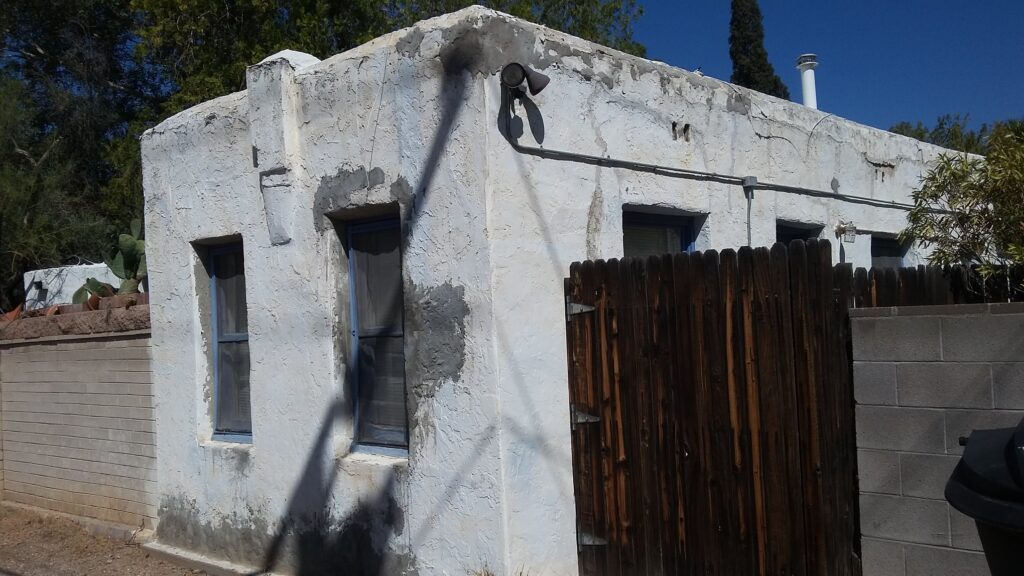
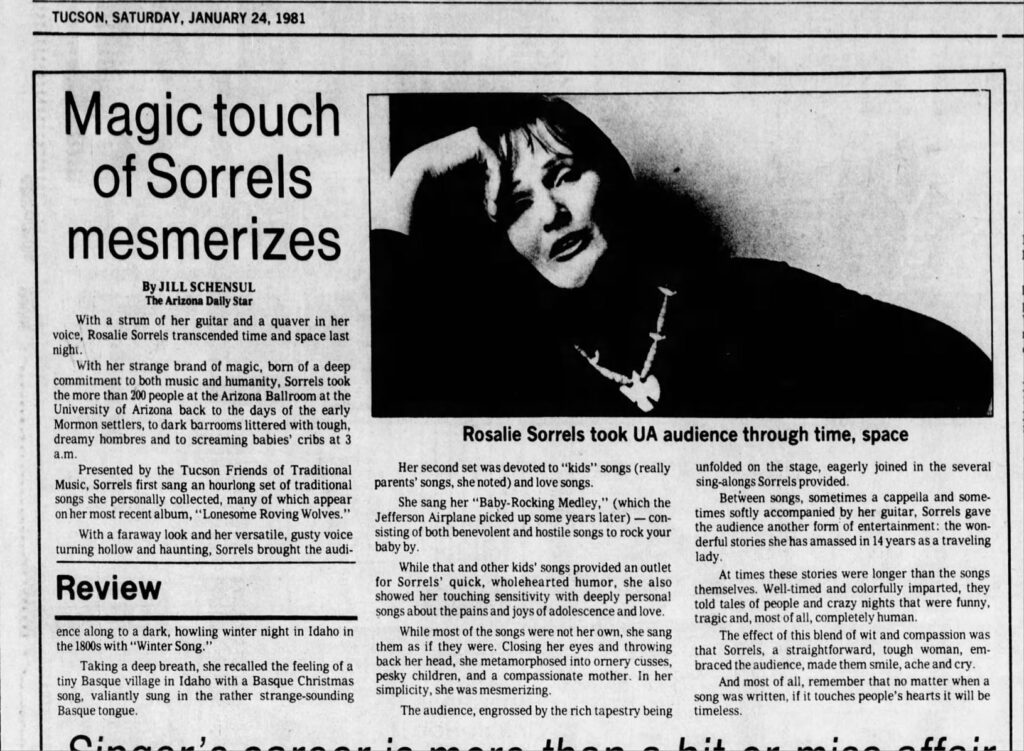
Reagan, in response to the allegations that Nicaragua was supporting the rebel forces in El Salvador, quickly stopped providing aid to the leftist Nicaraguan government and started aiding the “contrarevolucionarios”, or counterrevolutionaries, instead. These forces consisted of former members of Somoza’s military, who, from their home base along the Honduran border, began to fight to regain control of the country. In the ensuing months, Reagan would secretly authorize more and more funding to this clandestine force, popularly known as the Contras.
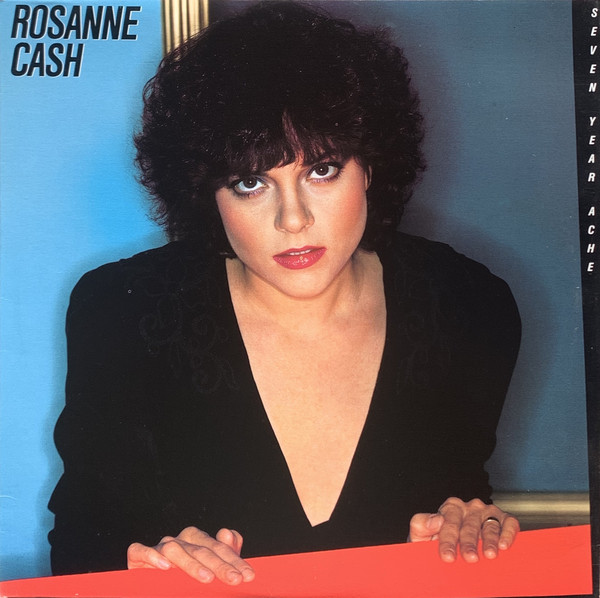
From Wikipedia: “On March 30, 1981, United States President Ronald Reagan was shot and wounded by John Hinckley Jr. in Washington, D.C. as he was returning to his limousine after a speaking engagement at the Washington Hilton Hotel. Hinckley believed the attack would impress actress Jodie Foster, with whom he had become obsessed. Reagan was seriously wounded by a .22 Long Rifle bullet that ricocheted off the side of the presidential limousine and hit him in the left underarm, breaking a rib, puncturing a lung, and causing serious internal bleeding. He was close to death upon arrival at George Washington University Hospital but was stabilized in the emergency room, then underwent emergency exploratory surgery.[4] He recovered and was released from the hospital on April 1.”
I was at home in my apartment when I heard the news about Reagan getting shot. Thinking back on it now, I wouldn’t wish that kind of thing on anyone, but Reagan was such a slimy politician, at one point I was hopeful that we’d get someone else to run the country. My fears about the kind of damage Reagan would do to our country came true soon enough. I discussed the shooting with my friend Tim, who had dropped over that day. I couldn’t help telling him what I thought. He and I spent a lot of time together around this time. He would bring his guitar over to my apartment and we’d discuss the class we were in together and the papers we wrote. I never felt attracted to him. He was completely straight, and had his share of girlfriends. He certainly was handsome enough to have lots of them, but he was quite skinny. Not my type, really. He was just a friend.
I made some other new friends around this time in my life, and they included Jim and Gary, a couple who had been together for many, many years. Jim was an artist who grew up before World War II in Southern California, and he met Gary in the bay area when Gary was very young. They lived there for many years. At some point, Jim also spent time in Europe studying art. After they moved to Tucson, they owned an art gallery in town, but then sold it so that Jim could devote more of his time to his art. I met Jim at a bar called the Graduate one day while I was playing pool. He noticed that my hands were big and had prominent veins, and he asked me if I would be willing to model for him while he worked on a sculpture. I agreed to do it. I went to his house way out on the far west side and sat still with my hand relaxed, but stretched out, while Jim did his sculpting. We hit it off and became friends. His partner Gary was also nice.
Jim had been an actor in Hollywood at one point and was very handsome, even as an older guy. He and Gary had a big record collection and they were crazy about Judy Garland. I remember having conversations with the two of them about wanting to “change the world.” They chuckled at my youthful idealism, and encouraged me to do it, but I knew they thought I was “very young”.
I spent a lot more time with my old friend Richard this particular year too. He had also made some new friends who lived near his new apartment, which was on 9th St. near 4th Ave. Their names were Mike, Denise, Jimmy and Merricat. Denise and Mike were both artists, as was Merricat. She made beaded jewelry, and either lived next door to Denise or was her roommate at one point.
We all partied together frequently, and while there was always beer and marijuana around, at times we did other heavier things, such as hallucinogenics. Richard had become a big fan of the Grateful Dead, and such people are known as Dead Heads and acid freaks. I enjoyed the music, but never considered myself that big of a fan, although I did try the drugs once or twice.
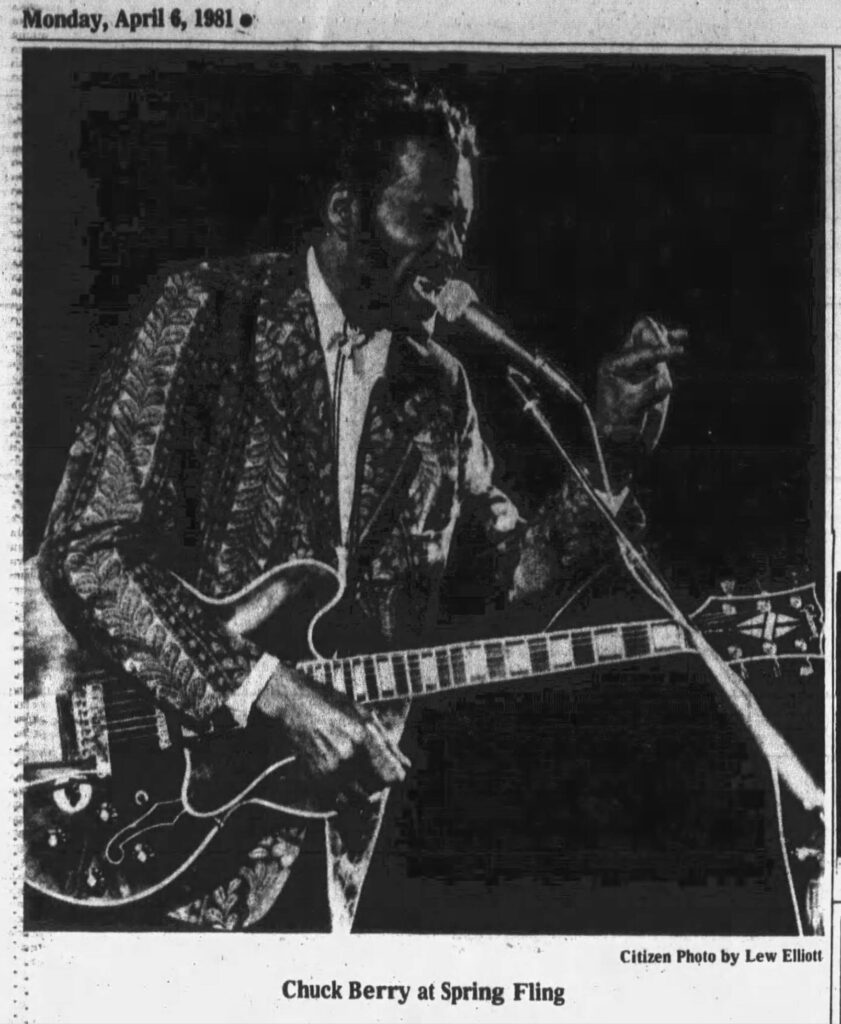
Doing acid and other psychedelics was sure an interesting experience! One could easily have a bad trip if the setting for the “party” wasn’t mellow enough. I went through this myself once or twice, and afterwards realized that I shouldn’t indulge so much in the heavy stuff. While I was in much better shape psychologically than I had been when I was 18, I still had issues at 22, and the drugs sometimes brought those issues out into the open in a very creepy way, and I would find myself in a downward spiral. If it weren’t for a friend of mine who saw that I was sinking one evening at one of these parties, I’m not sure where I would have ended up. She calmed me down and made me relax on the couch and told me, “remember this is just temporary. It will wear off”. Wow. That sure helped.
As far as dating was concerned, there wasn’t anyone steady. I continued to go out to the bars to meet other guys. I had a lot of fun, and still liked to dance, but was really tired of the bar scene after a while. It all revolved around the pretty people, and around drugs and alcohol. I was young, and indulged myself, but I wanted more. I’m glad I had some stability. Working half time and going to school were my two big priorities, and I never let the partying get out of control. My mother’s favorite saying to all of us was that “you have to learn how to paddle your own canoe,” and that lesson was embedded deep in my psyche.
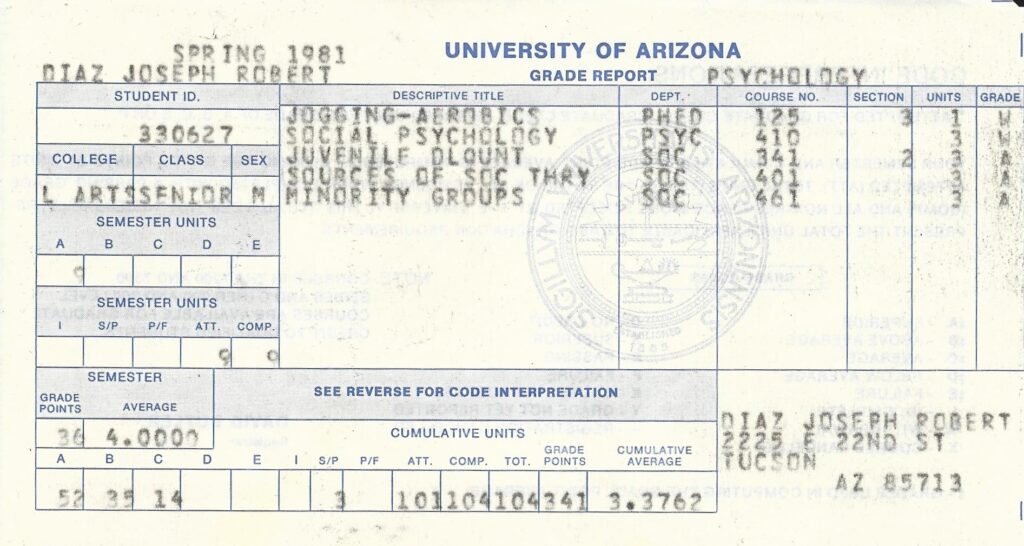
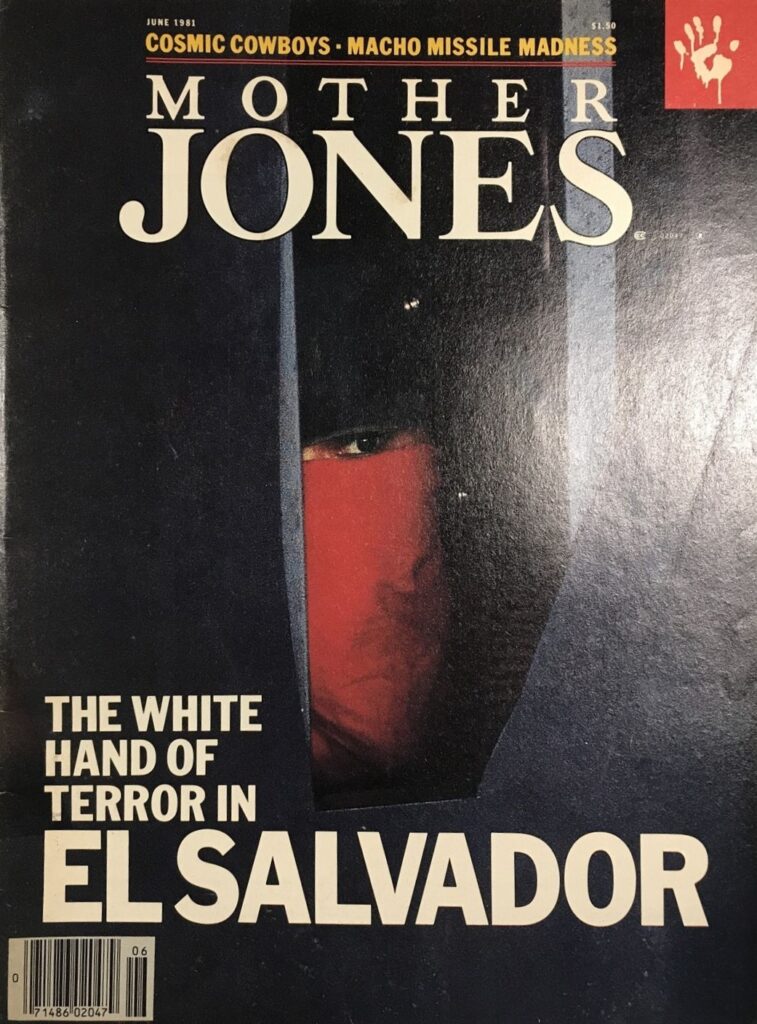
Word was slow to get out that gay men in big cities like New York, San Francisco and Los Angeles were starting to die from combination of pneumonia and a rare strain of cancer called Kaposi’s Sarcoma, but by early June, the Centers for Disease Control had published the first official report on Acquired Immune Deficiency Syndrome, or AIDS, and by July there were over 40 reported deaths. As time went on and word spread about the disease, gay men became further targets for discrimination and violence, and they began dying at an alarming rate, particularly on the east and west coasts. The world would never be the same. By the middle of the decade, at least two of my friends, Dennis and Leonard, had contracted the disease, and both eventually died. A lot more friends would die through the 90’s as well.
Around this time, Frank Weill, my old religion teacher from Salpointe, and I bumped into each other at a bar one night, and we started spending time together. He had left the church by then, but still did spiritual counseling for a lot of people. He would become a very close friend in the next few years, and I learned a great deal from him.
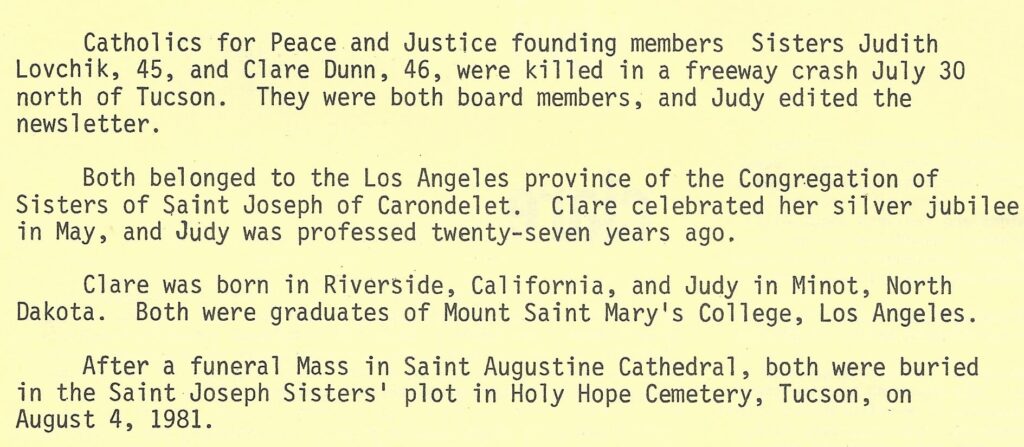
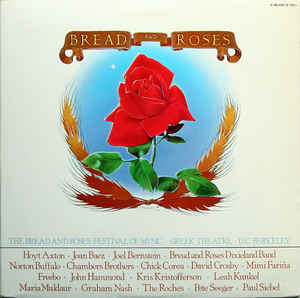
Summer dragged on. I was working constantly, feeling unsure of myself and unhappy about my sexuality, but still going out and messing around and partying a lot. I felt lost and alone, especially after my buddy Tim took off and went back east for the summer. I couldn’t wait for school to begin.
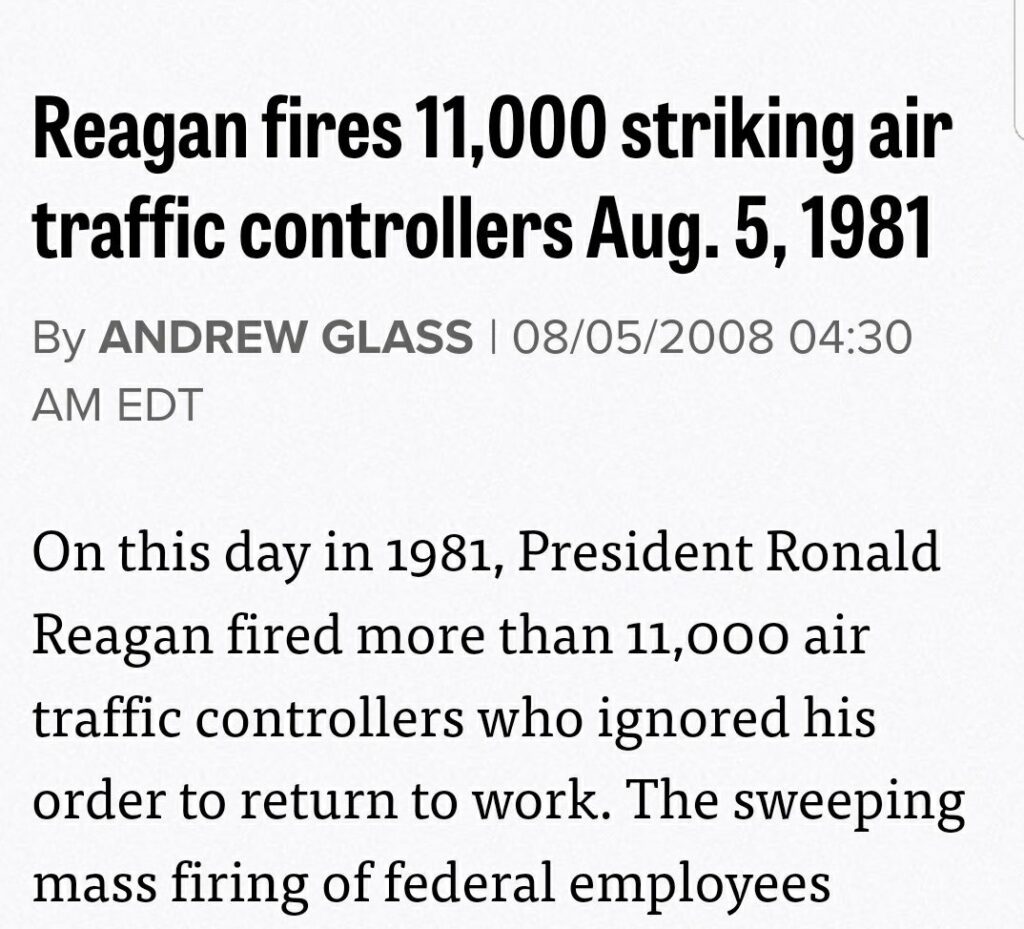
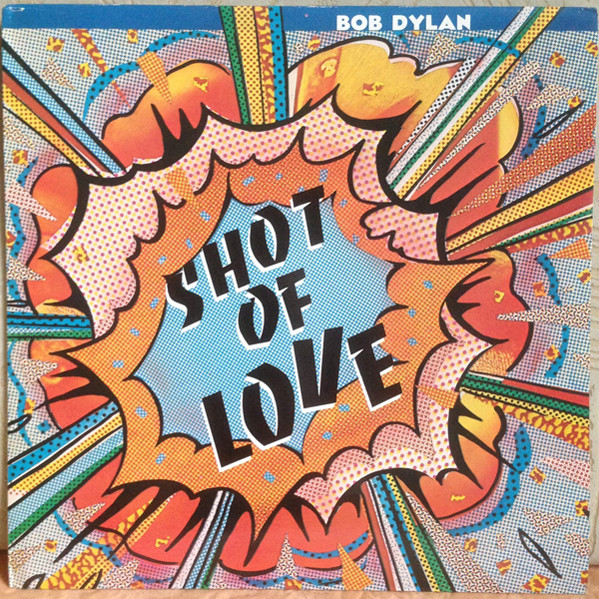
Before school started, in mid-August, I took a little vacation, and booked a flight, one of the very first I’d ever taken, to Seattle, to go see my sister Becky, who lived in Lacey, a little town just east of Olympia. She and Paco had moved across the country the year before, where he was able to find work with relatives. Becky and Paco were having lots of problems at this point, but I didn’t care. I wanted to see her and I needed to get away for a little while. They would soon split up and by early 1982, she was back home with the family.
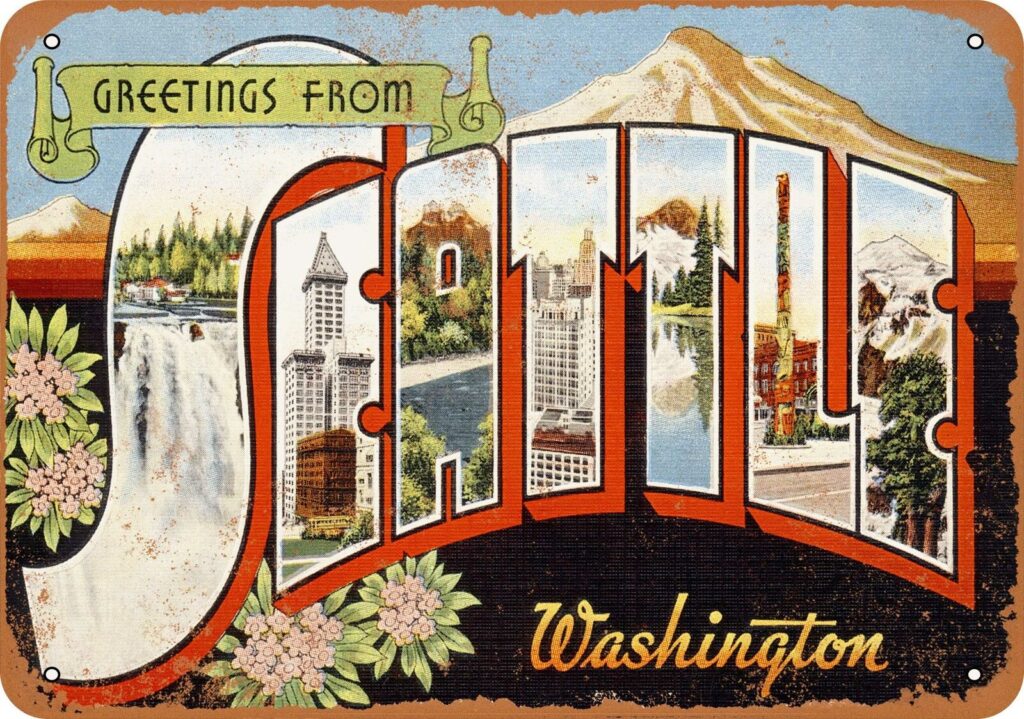
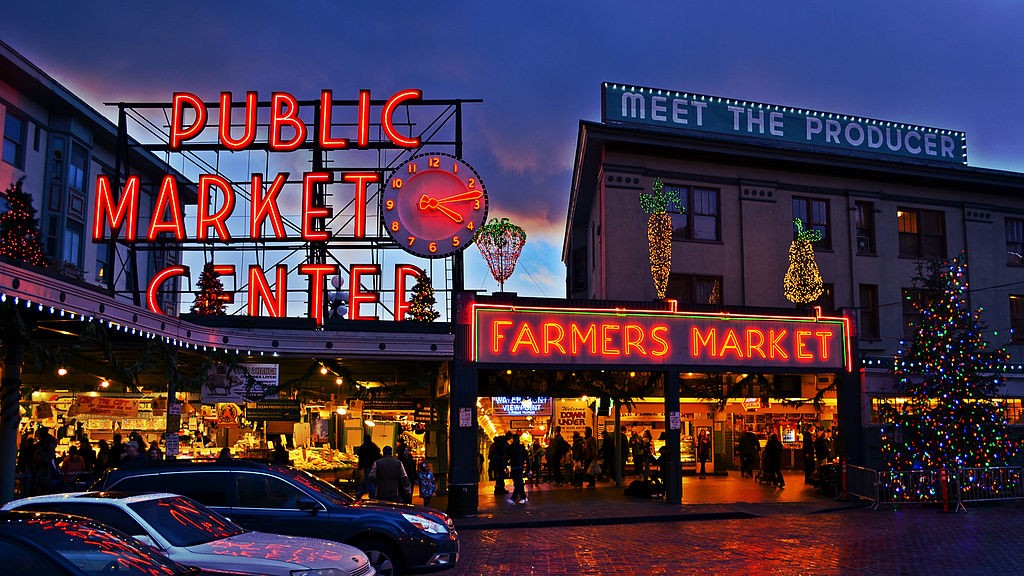
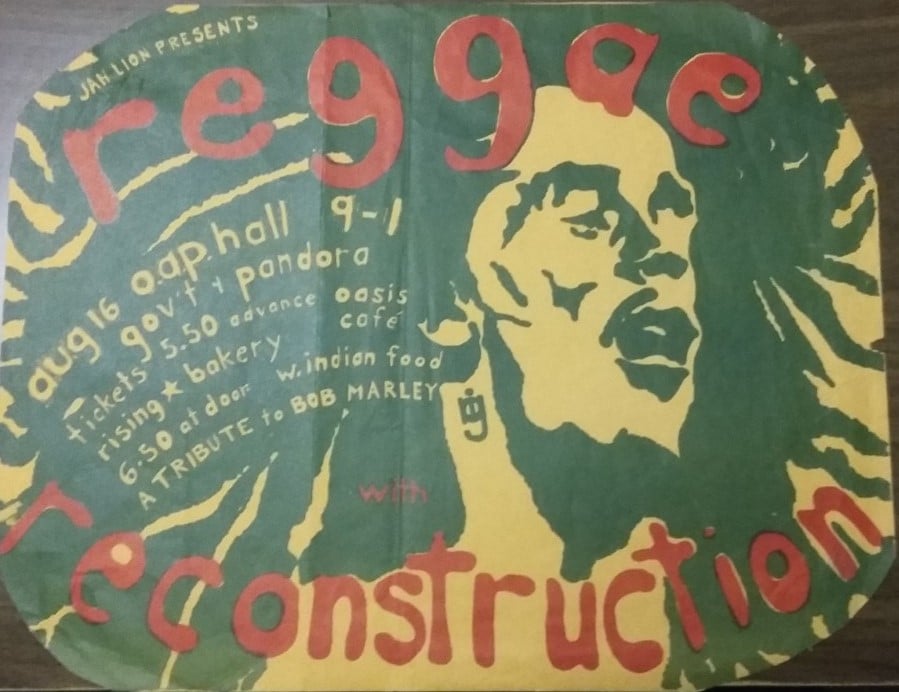
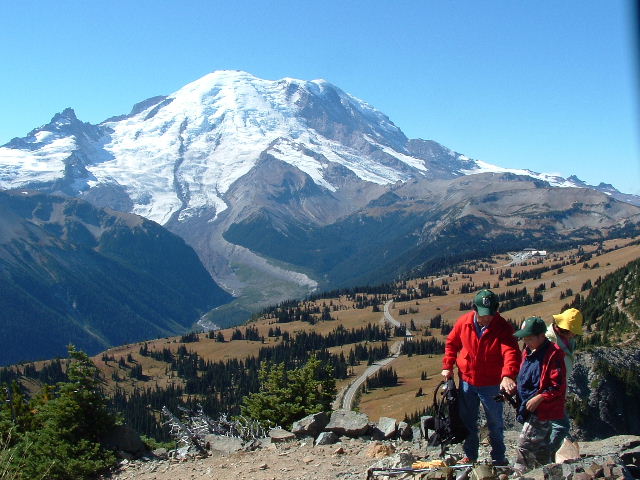
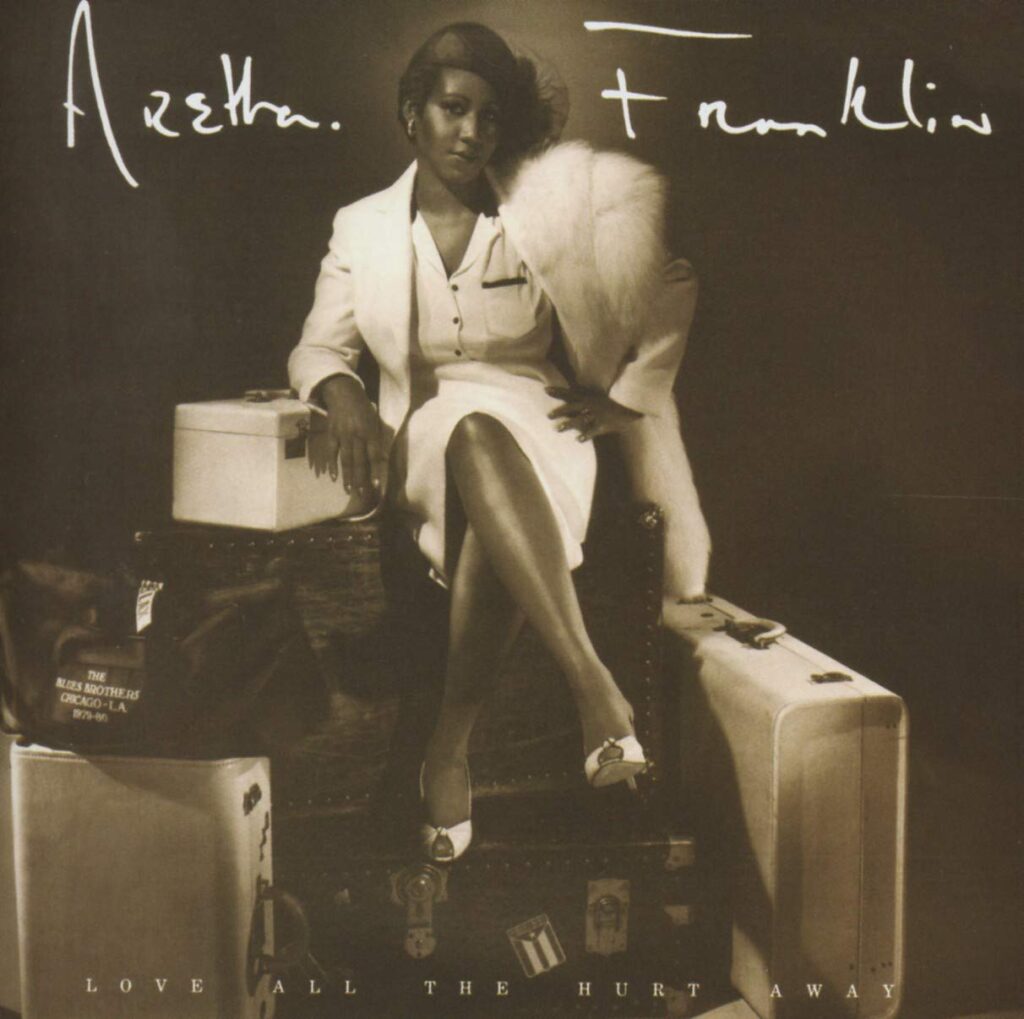
I had a great time this semester. My classes were interesting and I learned a great deal in them. I particularly loved my class, Collective Behavior and Social Movements. The professor, Dr. Diane Bush, was a wonderful teacher. My History of Women in America class was also very good. I was the only guy in the class! I’m still friend with my professor, Dr. Karen Anderson. The class on Mexican American Culture was taught by Dr. James Officer. He was another wonderful teacher and was the author of the book, “Hispanic Arizona”.
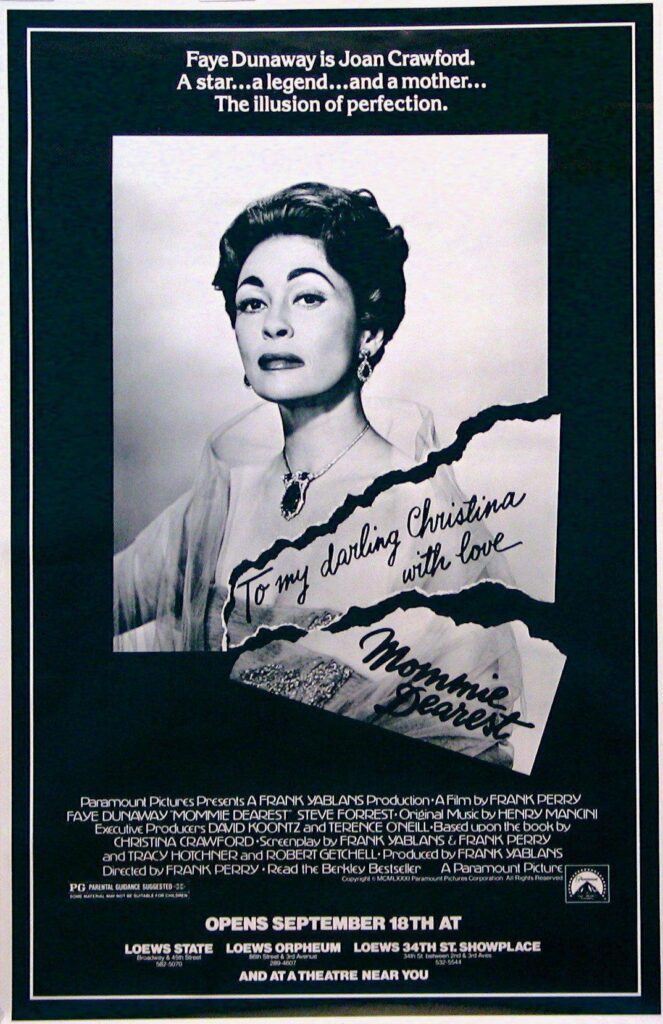
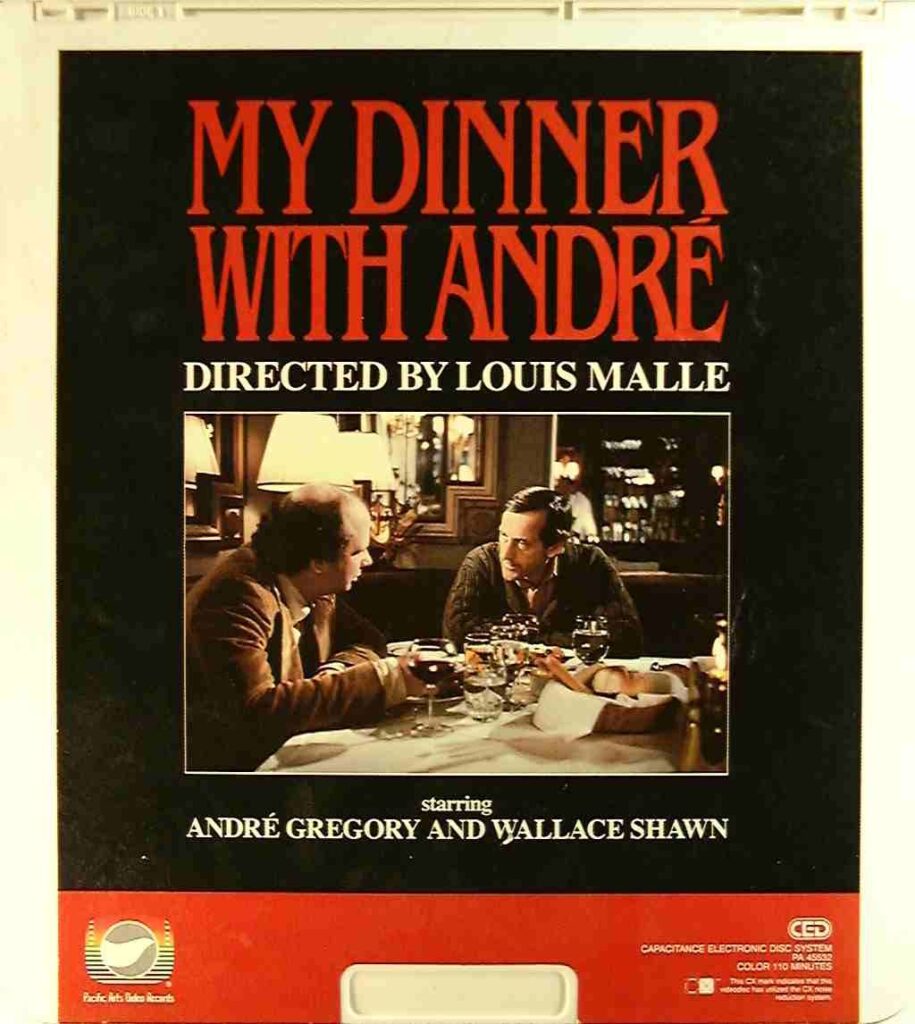
When the film Zootsuit came out, I decided that I would take my mom and dad to see it when it was playing at the theater in El Con. Mom and Dad were a young married couple in the mid-40s and the music and the fashions of the era were well familiar to them. They enjoyed the film a lot. I did too.
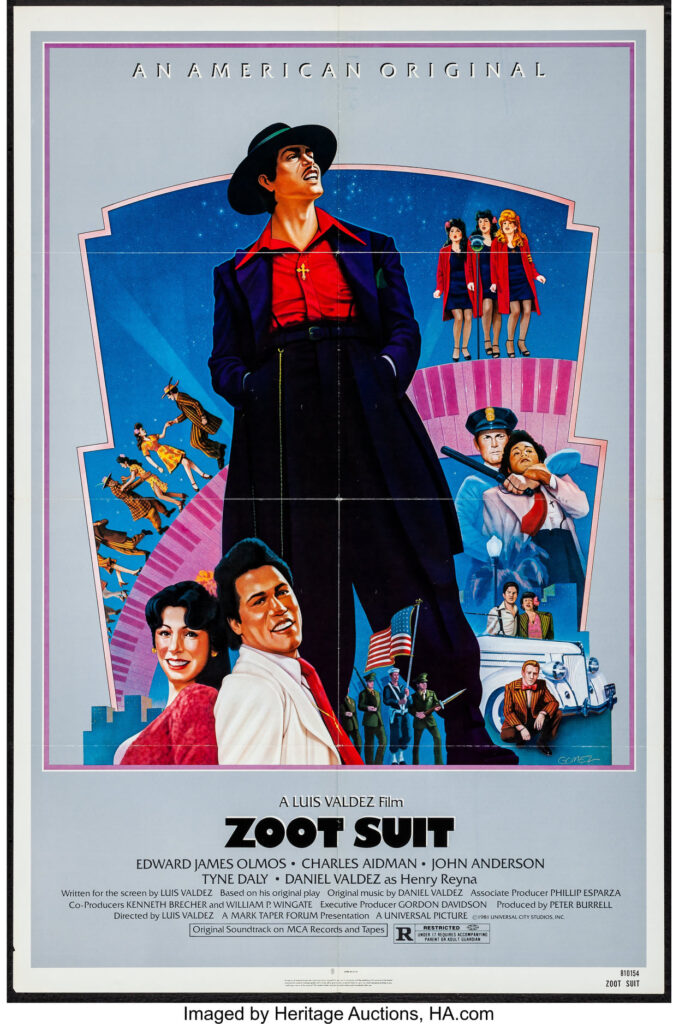
By the end of the semester, I had written a series of papers on the Gay Liberation Movement for my Sociology 313 class titled Collective Behavior and Social Movements. They were called “take home exams, but were really very long essays. Here’s the entire set of them.
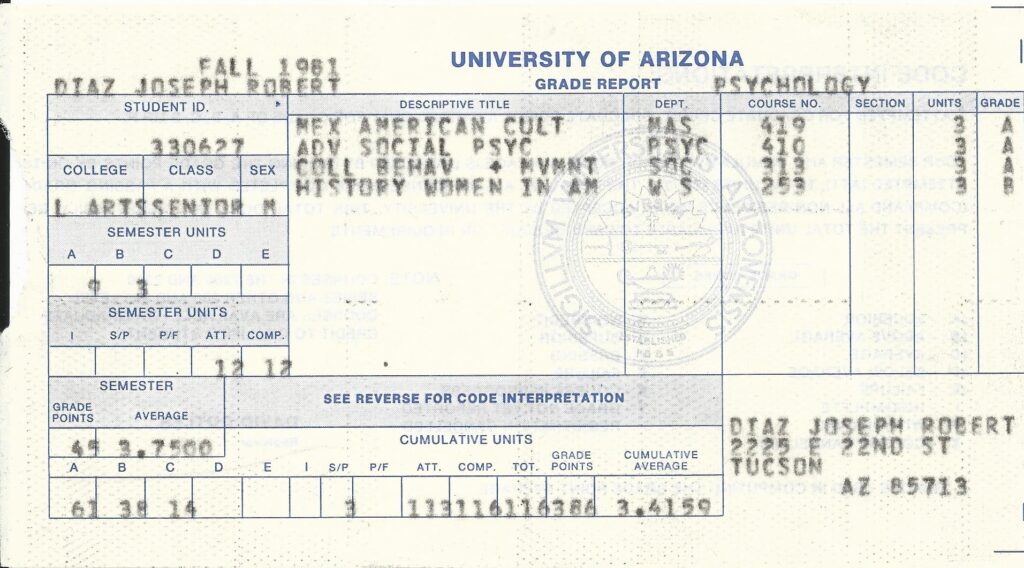
As the year came to a close, I had made more new friends. I became friends with Scott, a guy I met at Fry’s. I developed a very heavy crush on him and we spent a lot of time together for the next couple of years. I started dating women again too. I had hooked up with my friend Merricat sometime in the Fall, for example. She and I fooled around some, and I even took her to a Christmas party some friends from Fry’s were having. Merricat came to the party dressed like a modern day hippie, with a beaded headdress and a long flowing skirt, and my friends from Fry’s got all freaked out and even asked me, where did you find her? She was such a nice person, but we didn’t last. I was gay, and that’s all there was to it. While I fought my attraction to guys, it overpowered my desire to be with women. It took a few more years and a few more awkward sexual experiences with women to finally let go of any notion that I was attracted to them or could sustain a relationship with one. But in the meantime, I kept trying.
